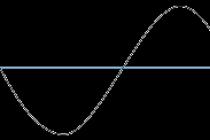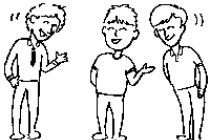Patchwork, or patchwork, as it is most often called today, is considered a folk art. Like any other direction, it has its own stylistic features and centuries-old traditions. In fact, this is a kind of technique of combining multi-colored, geometrically correct scraps of fabric into a single canvas, from which you can later sew blouses and handbags, bedspreads and curtains. The products are original and unique, so designers are happy to use patchwork in the interior.
Ways to use patchwork in room design
One has only to mention patchwork when designing a room, how many rhinestones paint themselves interiors in a kind of rustic style, recalling its simplicity and diversity of ornaments. On the one hand, they are very much right - but look how dramatically the picture will change if you just slightly muffle the colors, and do not make the combinations of colored patches in sharp contrast. The texture of this quality will be easy to fit not only into the country style, but also into the strict classicism of the newfangled hi-tech.
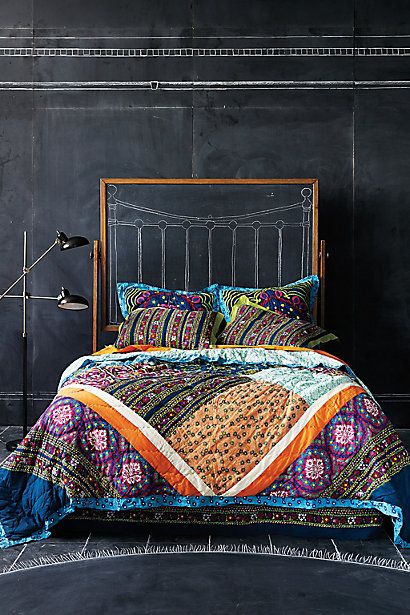
Where can you find the patchwork technique in the interior?
The breadth of use of patchwork is simply amazing. In this style, the following can be performed:
- Blankets.
- Bedspreads.
- Pads.
- Curtains.
- Furniture upholstery.
- Wallpaper.
- Wall panels.
- Rugs.
- Bathroom tiles.
You can find great combination ideas by looking at a patchwork photo. You will not be able to fail to notice that furniture upholstered with such material or a bright panel on the wall instantly becomes a priority accent in the interior. Therefore, it is worth stopping in time and not overloading the room with a riot of colors, otherwise the style will turn into a terrible bad taste, and the room will acquire the obsessive diversity of a provocatively dressed gypsy woman.

Start small. For example, cover the sofa with a patchwork blanket and place a similar rug in front of it. Some housewives do not risk using patchwork in the interior of the kitchen-studio, fearing the disapproval of guests, but in vain. Try making a tablecloth, fun potholders, cute curtains, or a sofa cushion. Do you like everything? Move on! Pape the walls with stylish wallpaper or line the cooking area with patchwork tiles. Enjoy how cheerful patchwork cheers up your household. Having entered the design excitement, you yourself will not notice how the patchwork riot of colors will move to other rooms, right down to the bedroom. By the way, the patchwork bedroom looks just great, and most importantly, incredible comfort settles in it. Make a patchwork screen, cover the bed with a patchwork blanket and scatter the same cute pillows on it, put a funny rug under your feet ... Do not limit your imagination, here you can not be afraid to force the room with accessories. The only thing you shouldn't do is go beyond the color focus, and otherwise - go for it!

Learning to sew a patchwork
You will be surprised at how much suitable material for creativity lying around in your closets
When you look at the creations of the patchwork masters, you get the impression that it couldn't be easier to work: cut shreds and assemble them into canvas. Yes, indeed, from a purely technical point of view, the process is simple, the problem lies in the embodiment of the author's idea. Patchwork specialists will help to learn how to convey an idea to others, arranging a master class for beginners on the Internet.

You need to start by collecting scraps of fabric. You will be surprised at how much creative material you can find lying around in your closets. Sort the collected patches by color and texture and begin to figure out what can be assembled from this abundance. You can proceed in the reverse order. First, come up with a pattern, and then select and cut the material for the sketch. If you have a rich imagination and have some experience in sewing, then there will be no problems with the development of a sketch. It is better for novice craftswomen to take their first steps in the patchwork field with the help of specialized magazines or sites, where there are always not easy interesting ideas shown on the patchwork photo, but also detailed schemes for creating the proposed products.
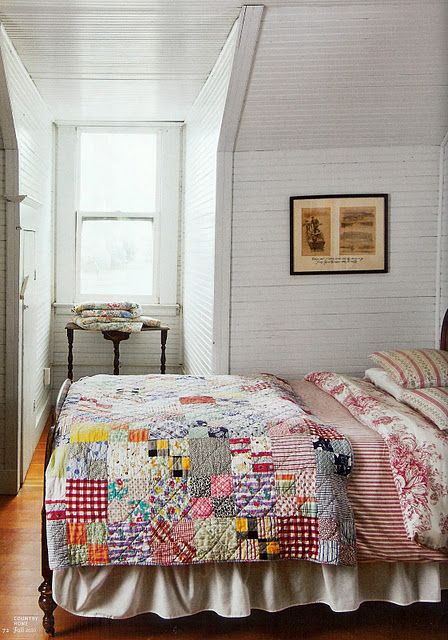
The process of connecting the patches also occurs in a certain sequence:
- Selection of fragments.
- Connecting scattered patches into blocks.
- Sewing finished blocks into a canvas.
- Padding of the resulting fabric with a lining.
In knitted patchwork, a contrasting thread and a crochet hook are used to connect the patches.

Types of patchwork sewing
As mentioned above, flaps can be sewn in various variations. The most popular is the traditional patchwork. Its main goal is to create from separate parts one-piece canvases with a clear geometry of the pattern. In this way, you can sew both small products, such as oven mitts, pillowcases and towels, and large ones - bedspreads and carpets. Distinctive feature sewn items will have a front side made in the best traditions patchwork, and the wrong side, the lining for which can be in the form of a one-piece monophonic cut.

CrazyPatchwork is very interesting in its appearance. Those who have mastered the “crazy patchwork” technique can safely consider themselves to be among the masters of the master class patchwork... Here you need to put together scraps of an arbitrary curly shape, which are more reminiscent of crooked river beds, disproportionate clouds and islets. Since the products will turn out to be two-sided, the seams in this case should be masked with embroidery, braid, ribbons and lace. Decorative buttons, beads, beads, metal pendants will be useful on such a panel. In a similar style, you can sew decorative panels, bedspreads, handbags and even clothes.
Knitted patchwork is practically no different from the traditional one, only the patches here are connected by crocheting. As for the patchwork details, they can be not only knitted from threads, but also standard fabric ones. For example, the quilting technique makes it possible to make a quilted fabric. In this case, two ready-made patchwork sheets, between which a layer of padding polyester is laid, are connected with a patterned machine stitch. All products, for which the quilted fabric was used, stand out for their special elegance. Quilting is The best way transform the interior of the room.
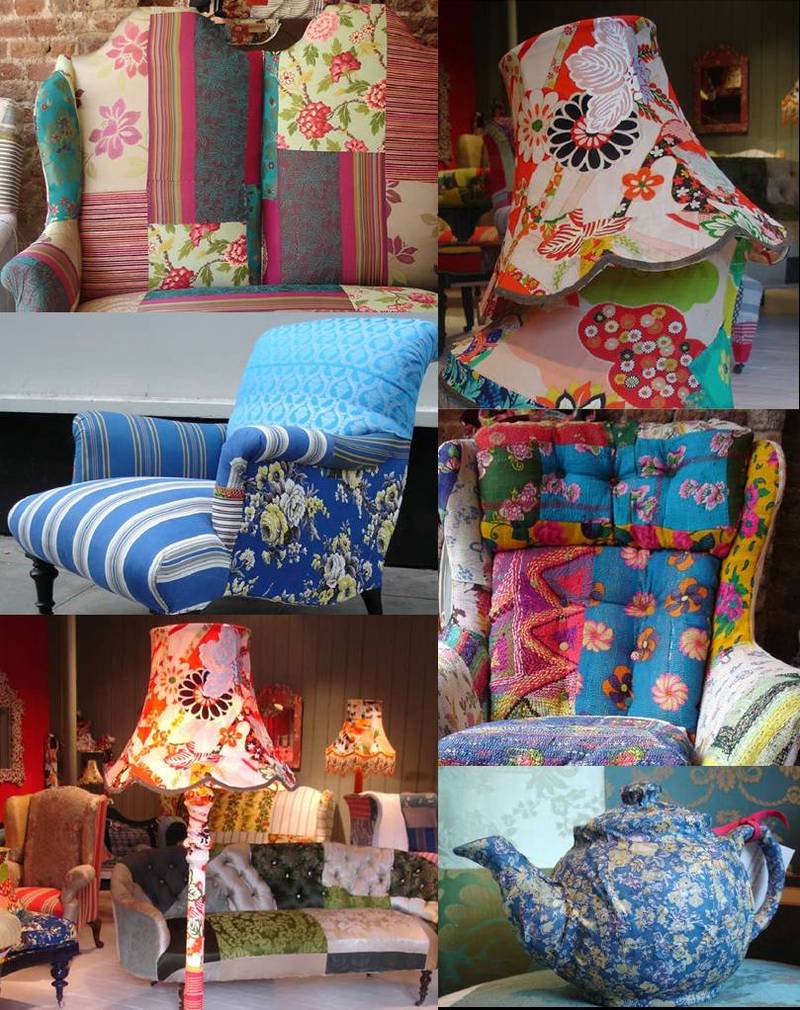
Patchwork master class
Looking at a patchwork photo, you sometimes wonder how you can create such a variety of patterns from absolutely identical rhombuses and squares, triangles and stripes! It turns out that the secret lies in the way the elements are assembled.

At the first glance at the patchwork technology, the apparent simplicity of the process catches the eye. And really! What's so difficult: cut out and sew the shreds, embodying your idea into reality. And only after plunging into the abyss of needlework, you realize that patchwork is not as easy as it seems. Here you cannot do without artistic taste and perseverance, diligence and accuracy, and, of course, without the ability to sew. Sometimes real masterpieces come out of the hands of craftswomen, which it is not a sin to exhibit in museum exhibitions folk art... Therefore, do not limit your fantasies to the framework and do not be afraid to experiment. Looking at a patchwork photo, you sometimes wonder how you can create such a variety of patterns from absolutely identical rhombuses and squares, triangles and stripes! It turns out that the secret lies in the way the elements are assembled. Let's get acquainted with the most popular ones.
- "Fast squares"
This technique was called fast for a reason. It is based on squares that are cut from pre-stitched fabric strips. Most often, four types of fabrics contrasting in color are taken as a basis. For example, a strip of red fabric is stitched to a strip of white, etc., then the result is connected with the right side and stitched again. It turns out a kind of sleeve. Now you need to cunningly cut it in order to end up with squares containing the entire quartet of used shades. To do this, a ruler is applied to the upper edge of the resulting sleeve, tilted at an angle of 45 degrees, and dividing lines are marked. The resulting parts are called prefabricated blocks or "quick squares" and are combined in any order.

- "Watercolor"
The technique is no less popular than the "quick square". Such a patchwork is very original in the interior; its highlight is the correct selection of colors. The canvas is combined with overflows of tones: from light they smoothly pass to dark. The effect of watercolor stains is created. Up to seven types of fabric are taken as a basis, it is possible with a medium-sized pattern like a floral print. It will be easier for beginners to fold them into a pattern.
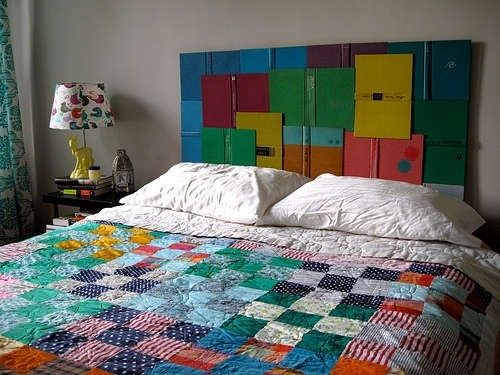
- "Strip to strip"
The technique is based on a random collection of colored fabric stripes. A mischievous rug created using this technique can resemble zigzags and ladders of parquet boards and will bring a lot of positive into the atmosphere of the room.

- "Log hut"
The beauty and variety of patterns obtained using this technology can be very successfully used in creating unusual abstract interiors. Even looking at such a patchwork in the photo, one cannot fail to notice that the drawing evokes an association with a cosmic funnel or sunrise. The difference from the previous method is that the cut strips are combined around a central square. Lay them in a spiral or even and look at the effect, then try to move the square to a corner. Interesting interpretation, isn't it?
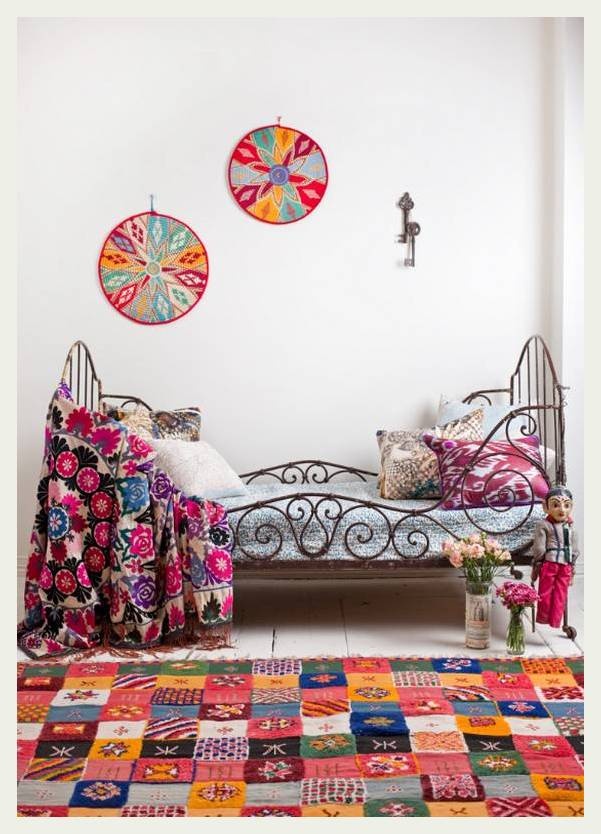
- "Magic Triangles"
The most common patchwork element is rightfully recognized as a triangle. It is very easy to use. By picking up several elements, you can lay out almost everything, from an ordinary square to the most complex stars. Do you want to puzzle over the pattern? Use only isosceles figures in its composition. Do you want to stretch your brains? Begin sewing the short sides of the right-angled triangles. You will receive variegated ribbons. Try to arrange them in any order. It is quite possible that you will create something original and never before seen. A pechwork in the hands of master class specialists is a terrible force!
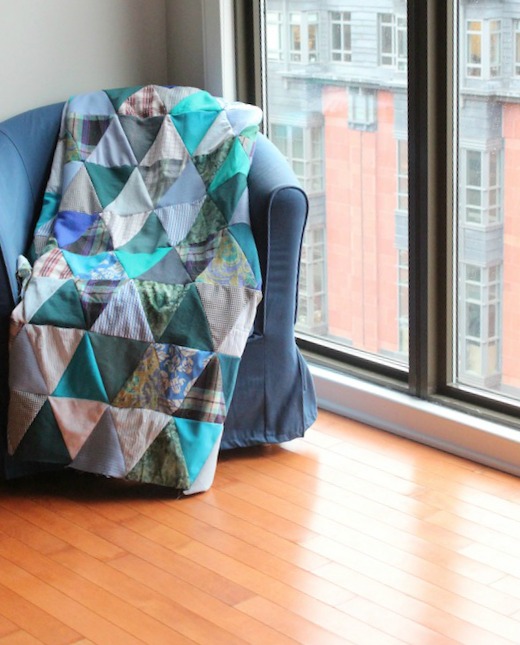
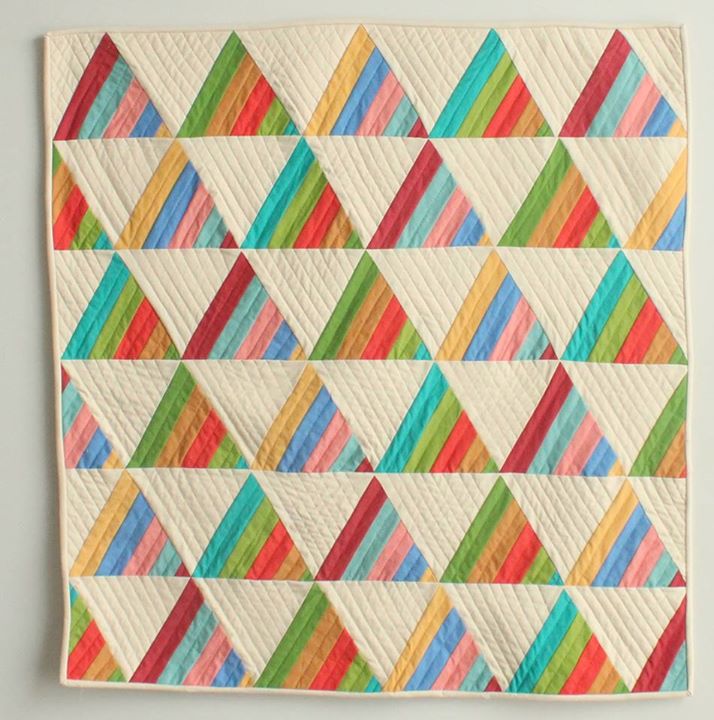
- "Patchwork corners"
No, you don't have to cut them out. The corners are laid out from squares or strips of fabric and assembled into a three-dimensional canvas. This technique is also called "chess". The corners are collected in small squares and made a canvas in the spirit of a checkerboard.
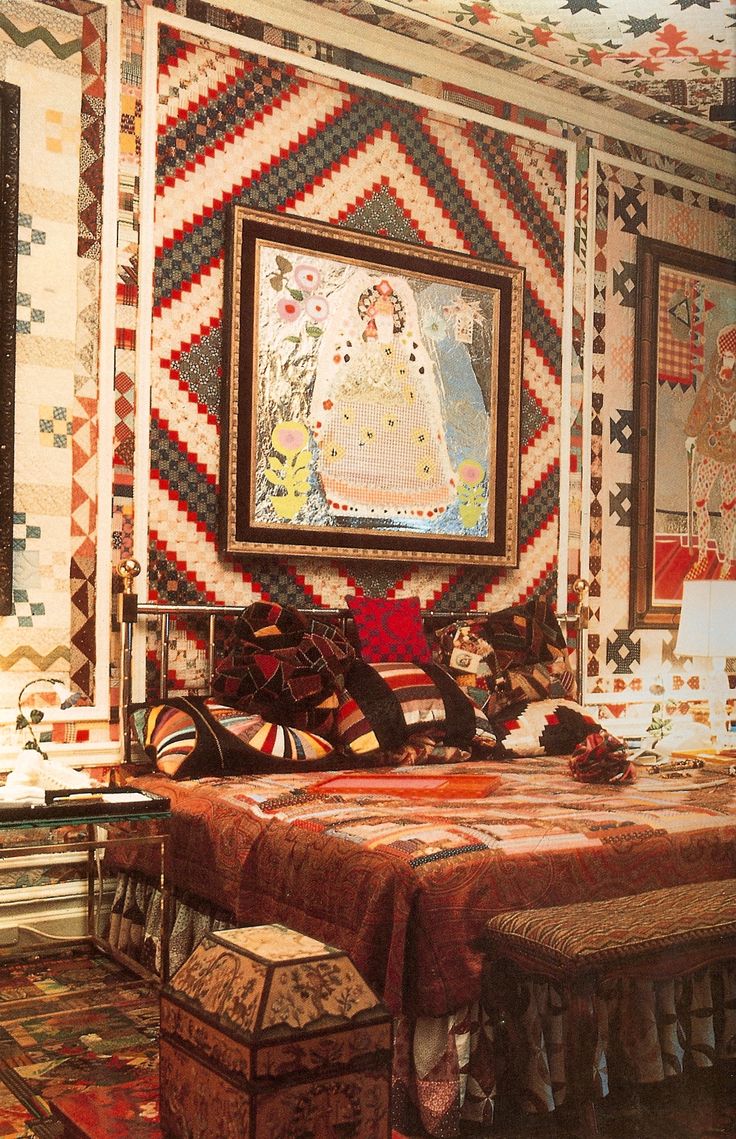
- "Russian square"
The creation of this pattern is quite difficult. It contains all the variety of patchwork elements. They are not just stacked in tiers and combined, but also made in different sizes. That is, here you can play not only on the overflow of shades of elements, but also on their proportions.
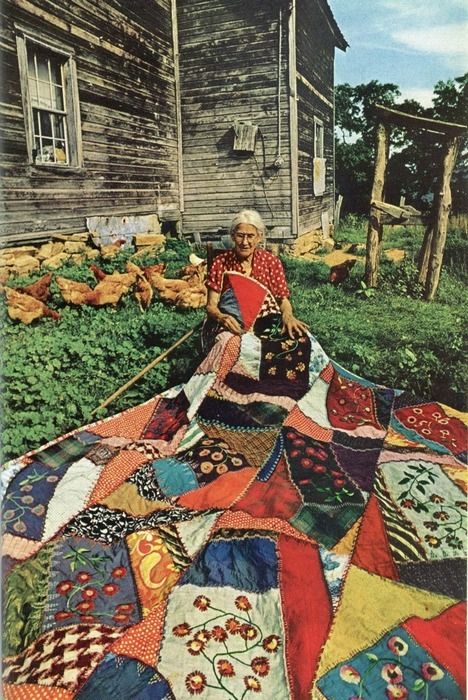
Conclusion
Have you never made anything with your own hands, but always wanted to have a cozy home? Then it's time to try your hand at truly feminine needlework. Start using patchwork in the willow interior and you will understand that you were offered to do not just boring sewing, but presented an interesting lifestyle!
Photo gallery - interior patchwork:

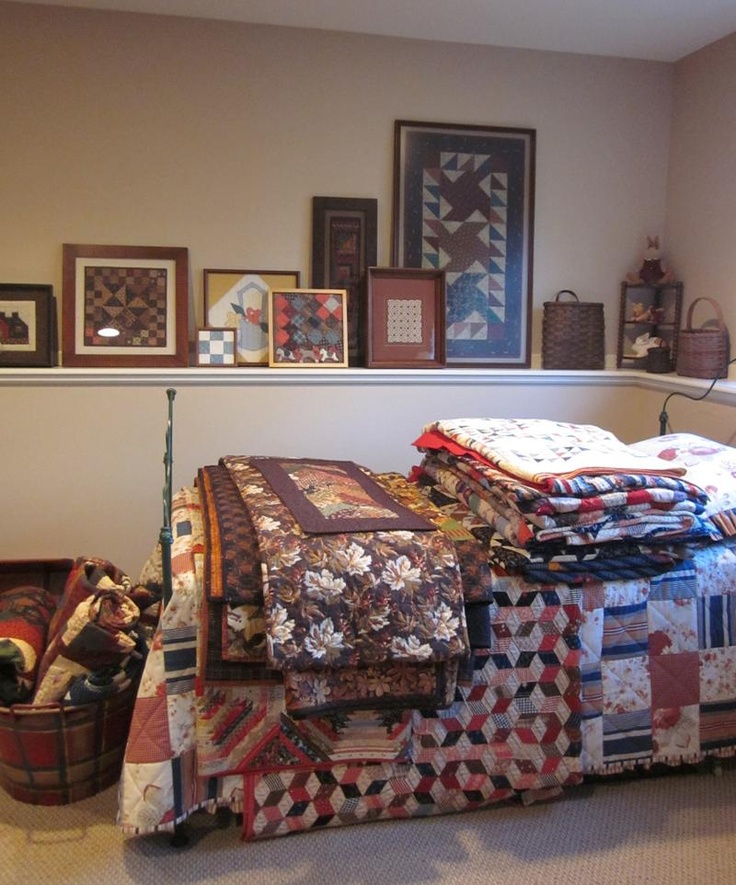


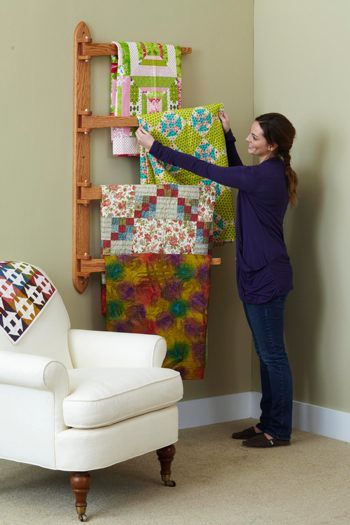
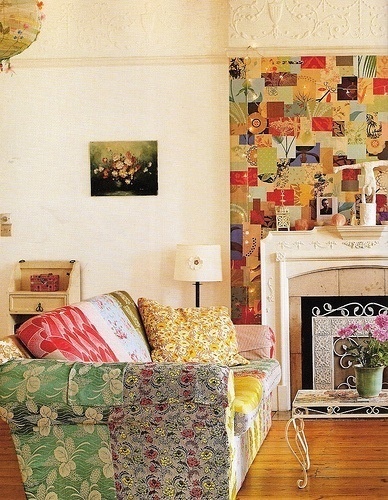

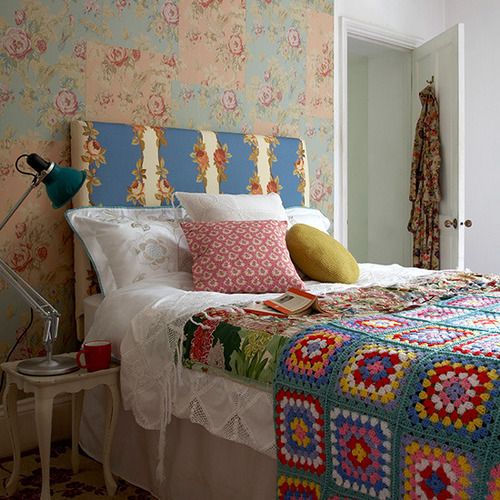
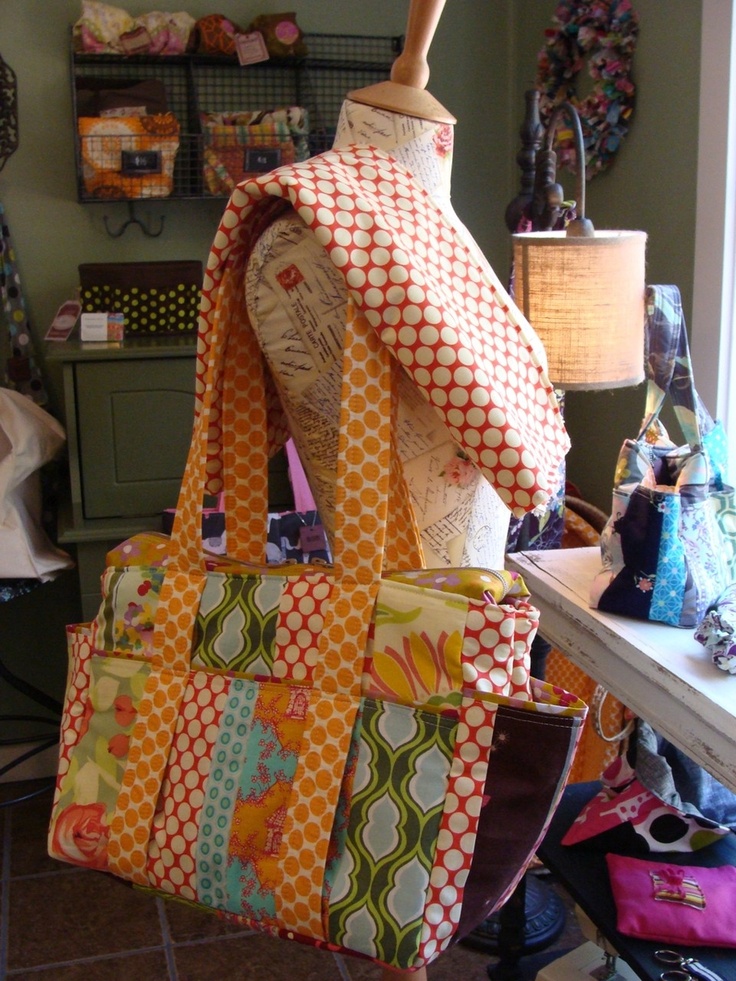
![]()
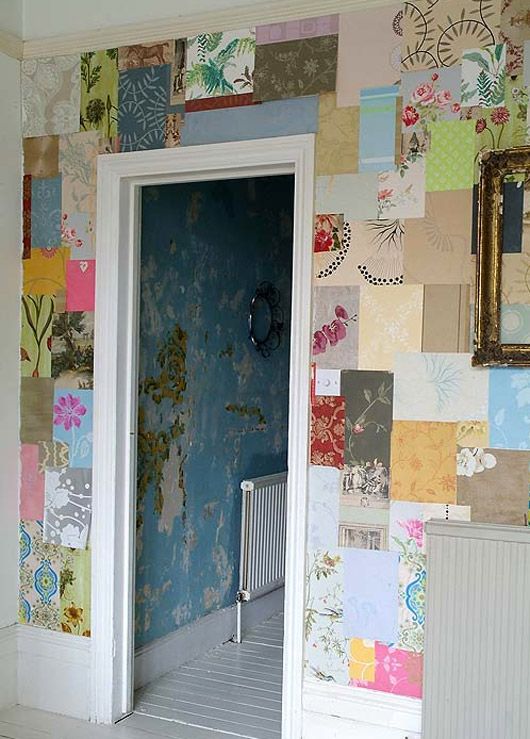

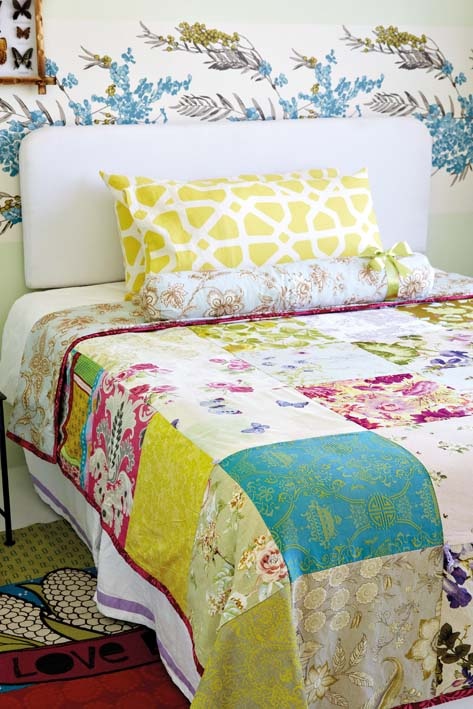
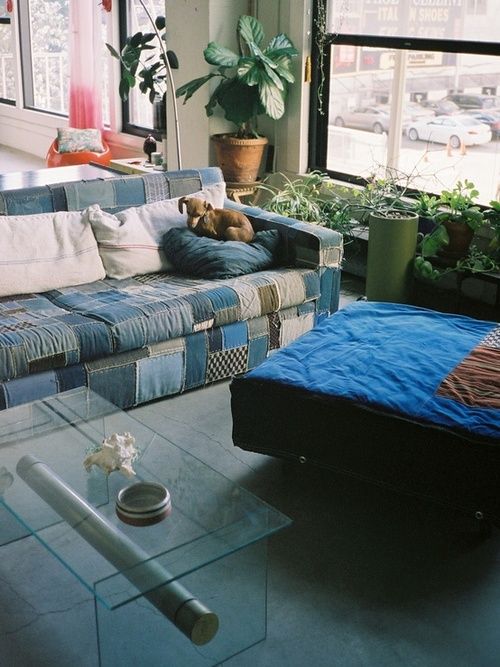


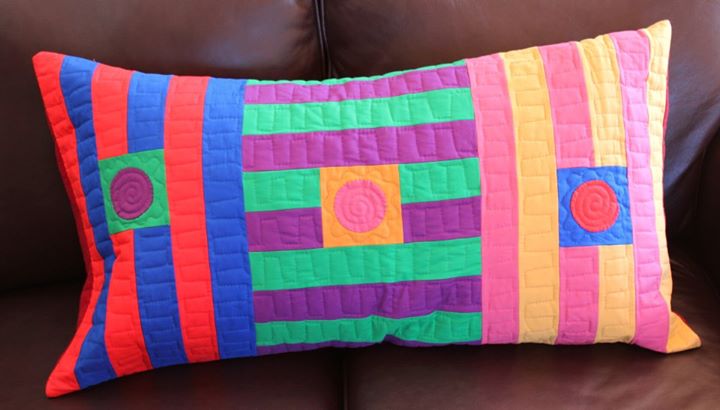
![]()



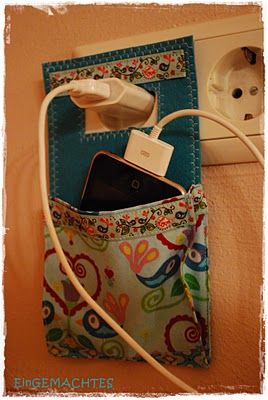
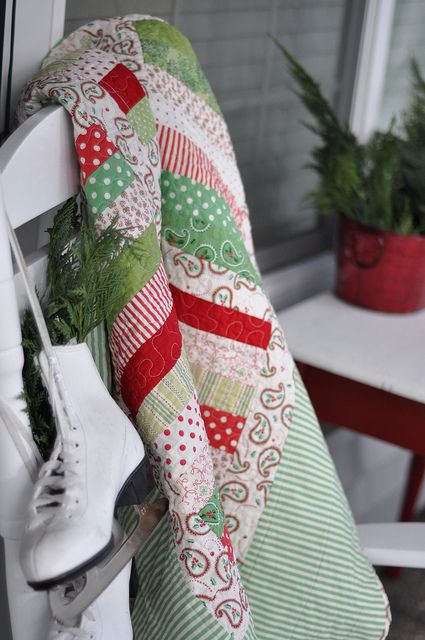
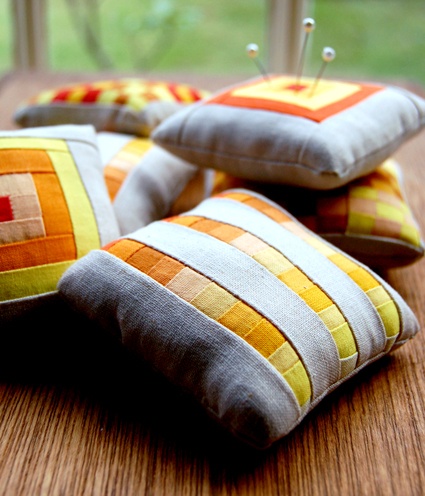
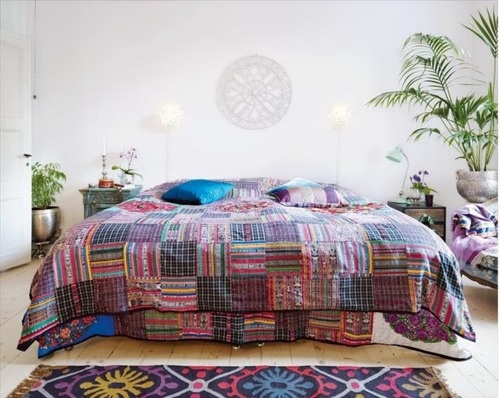
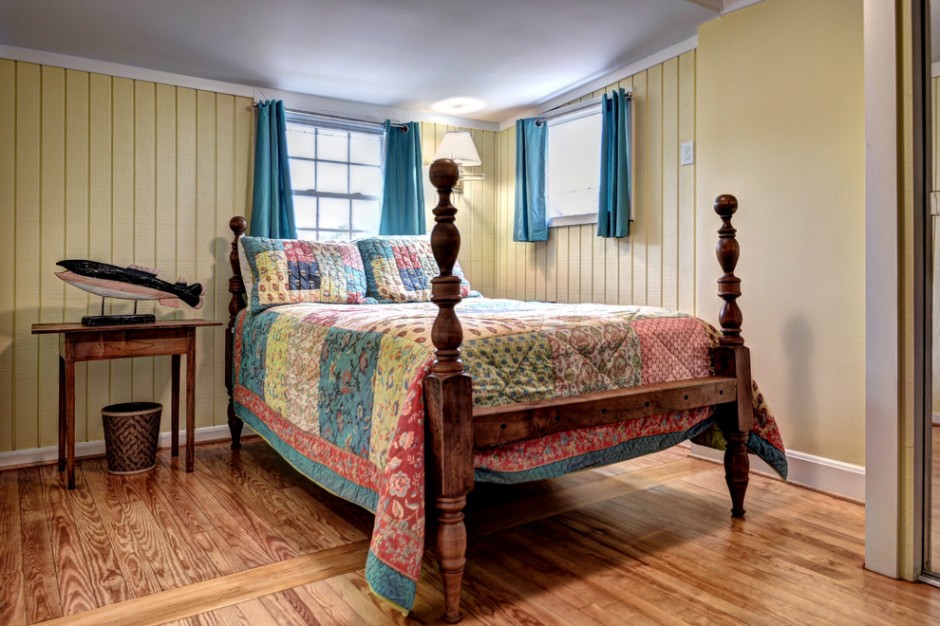
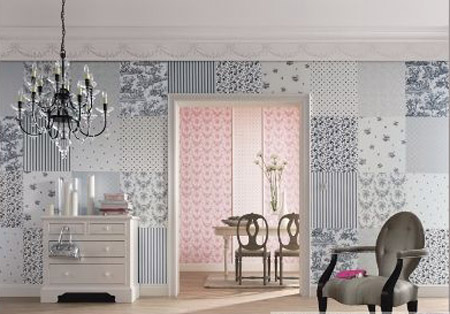


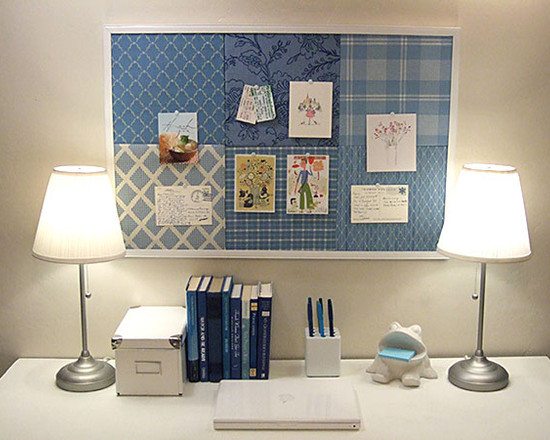






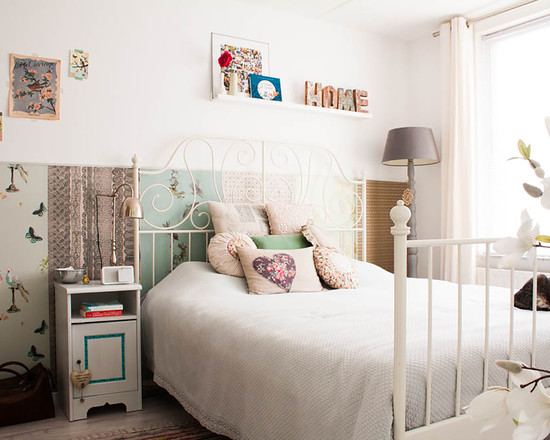
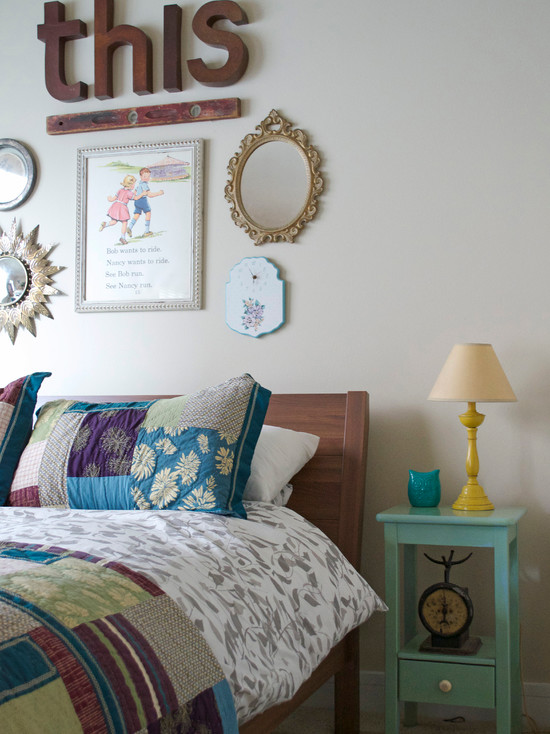
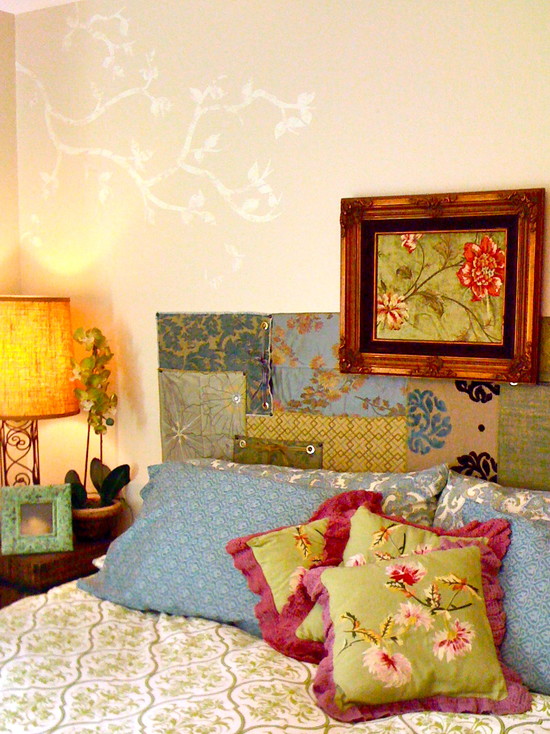
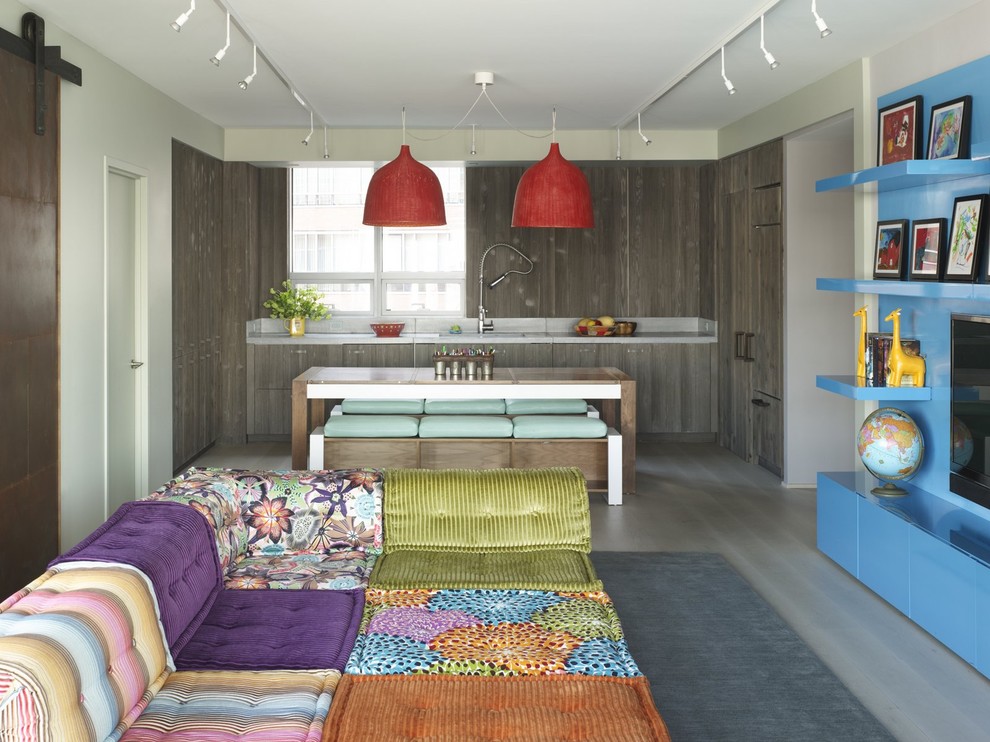

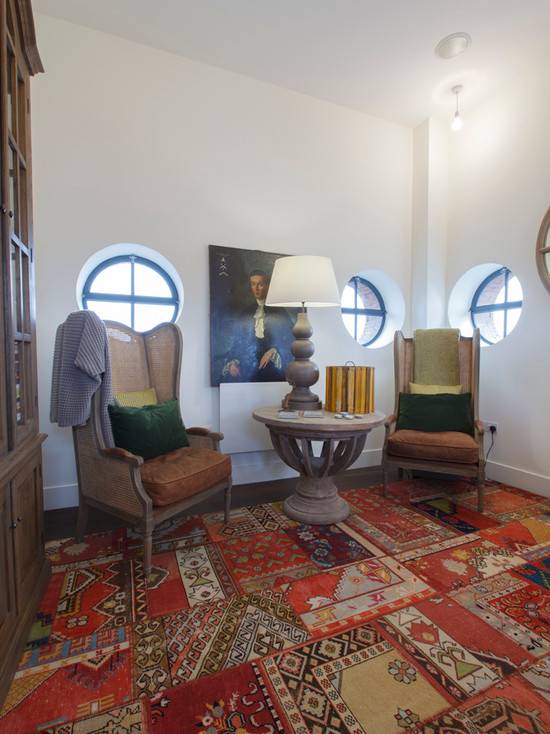

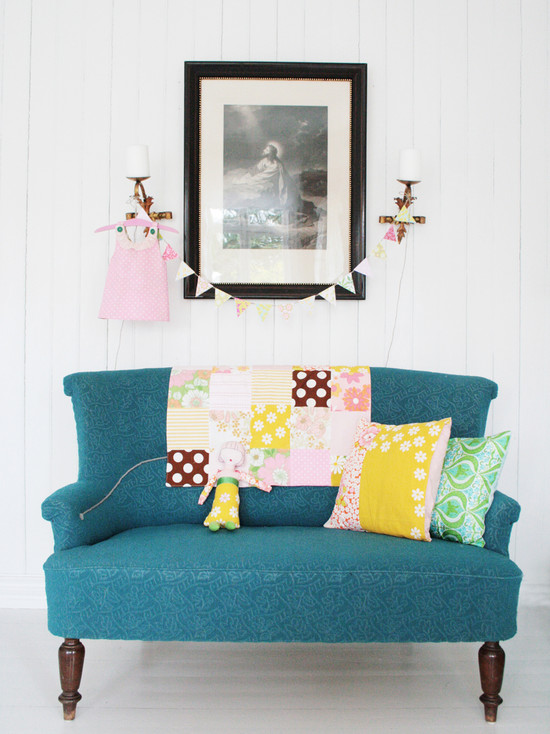


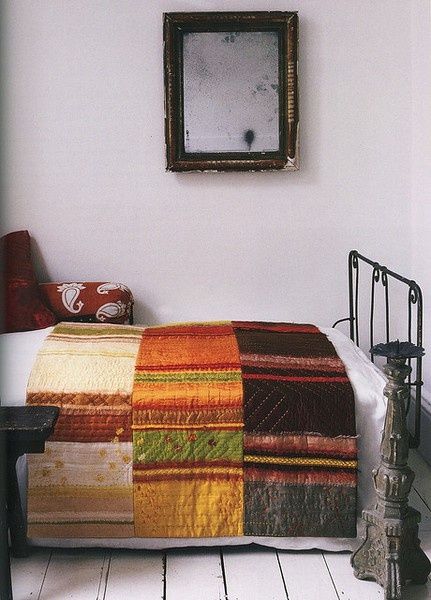
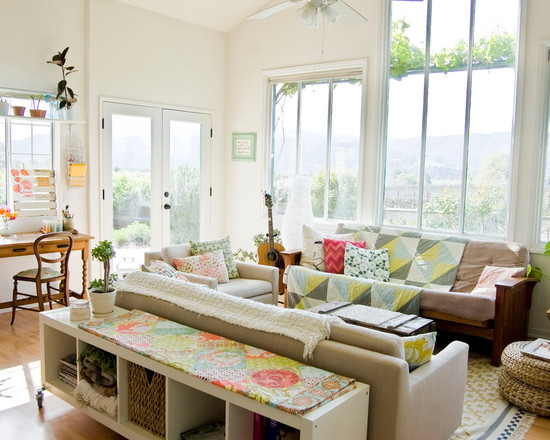
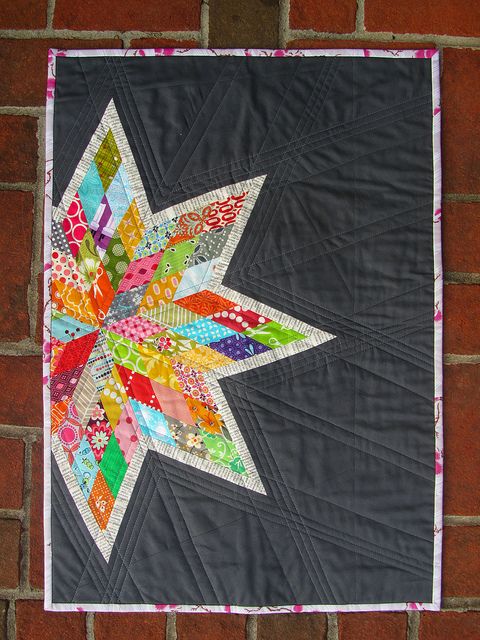



![]()

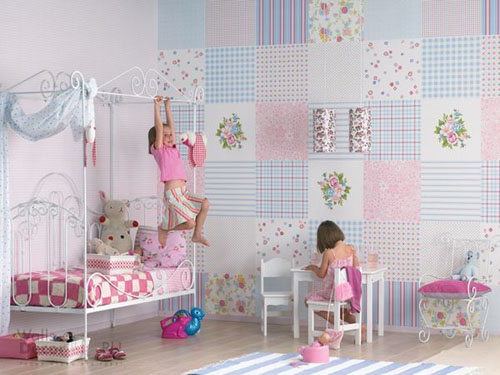
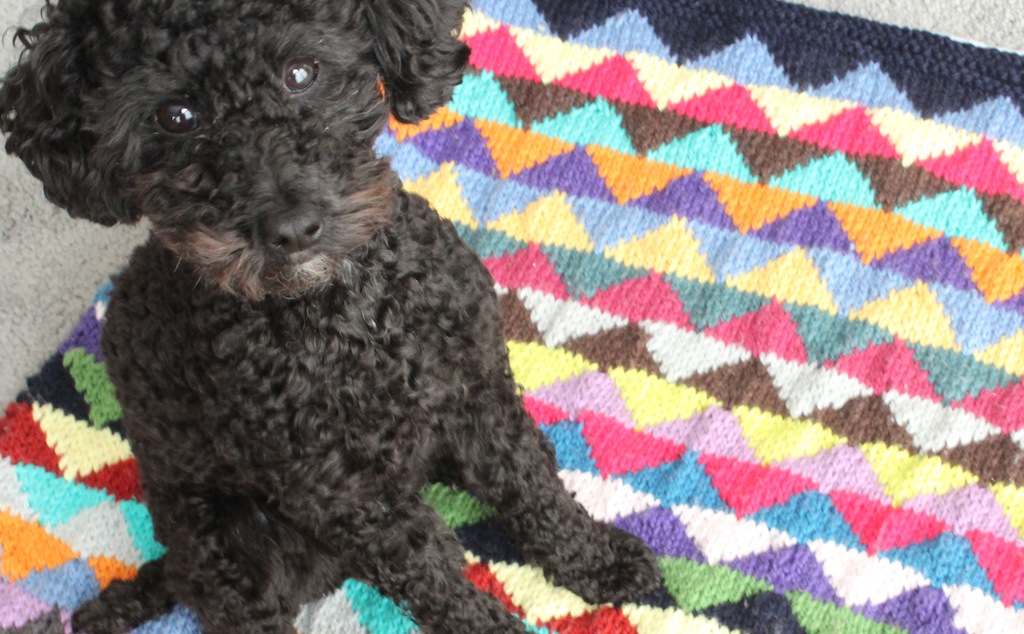
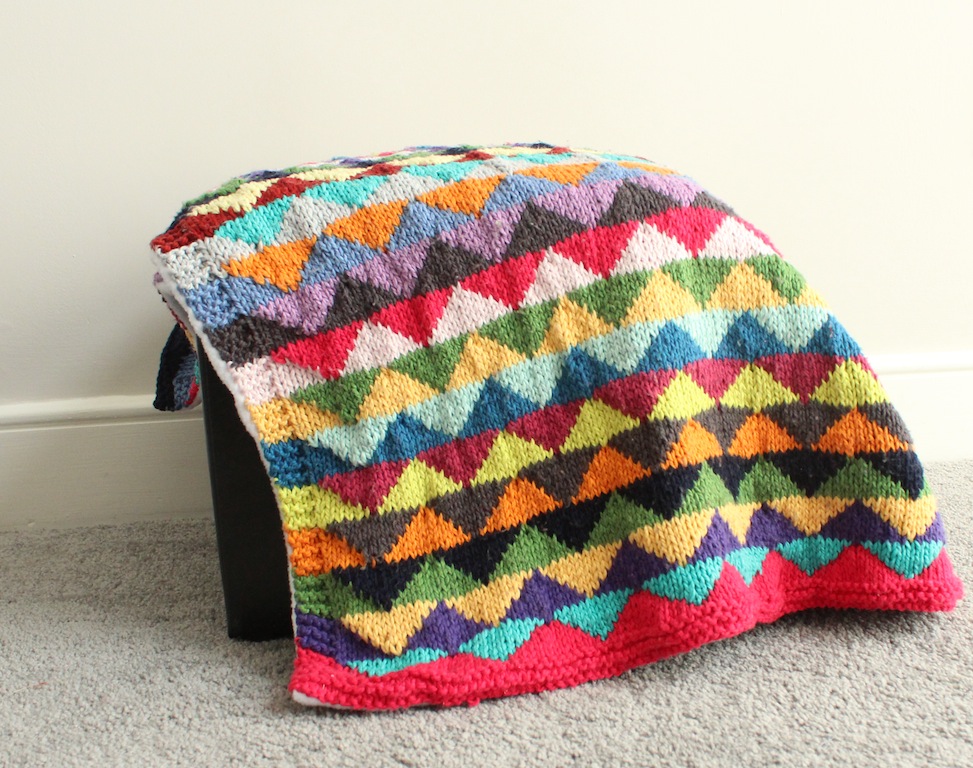




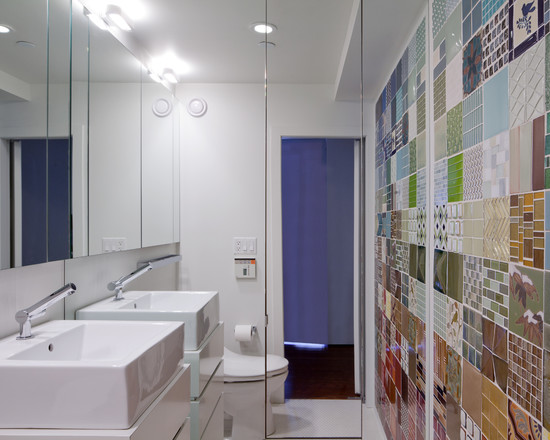


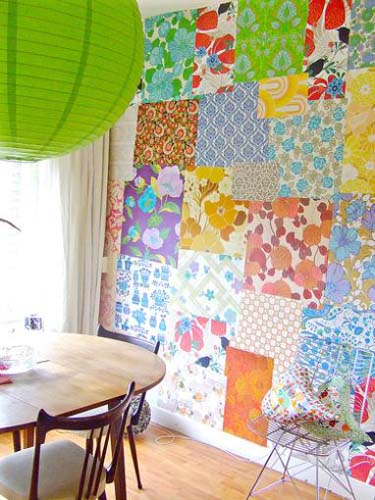


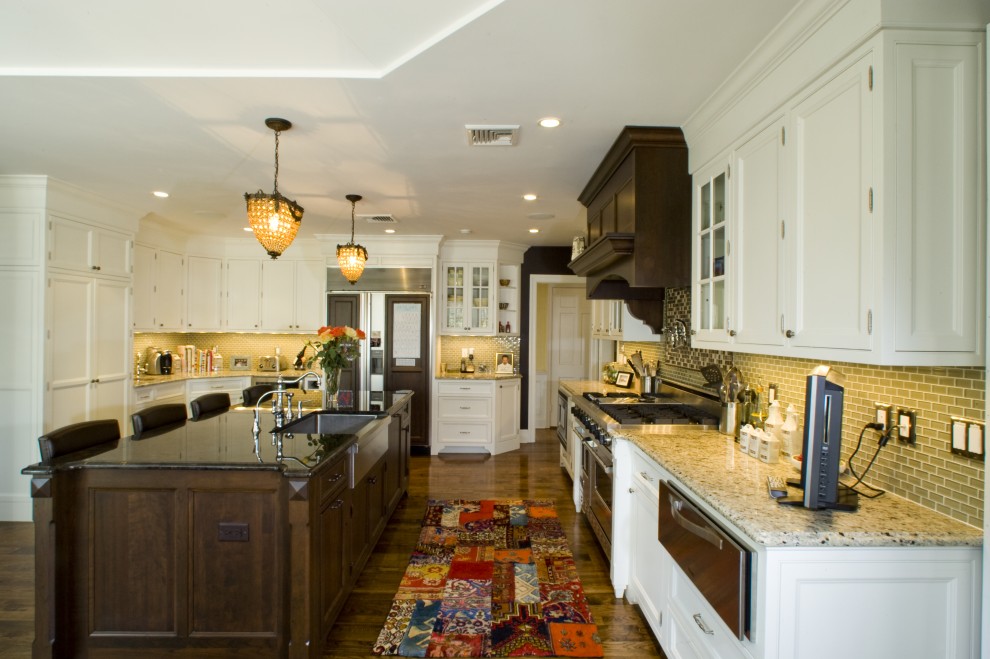
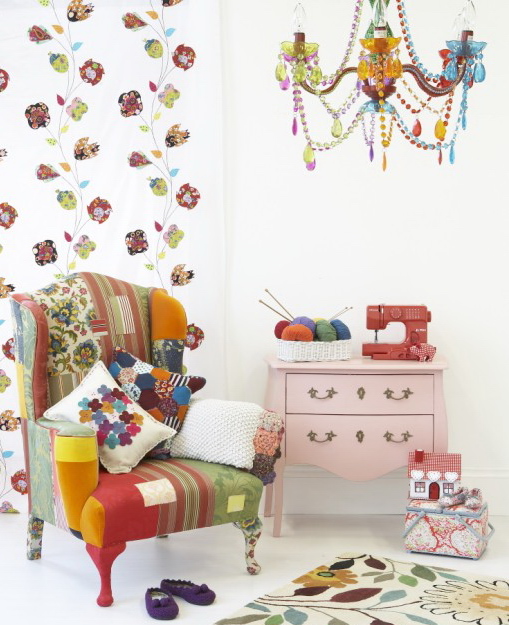
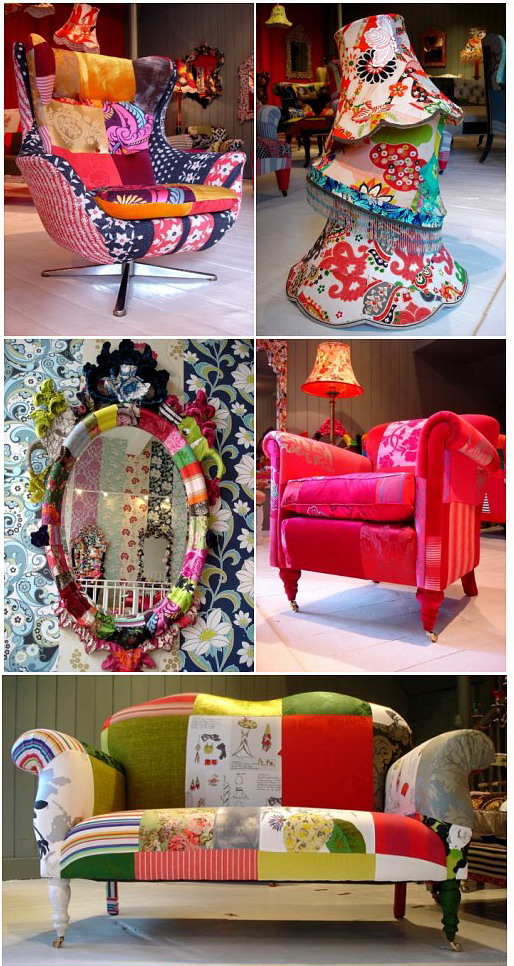


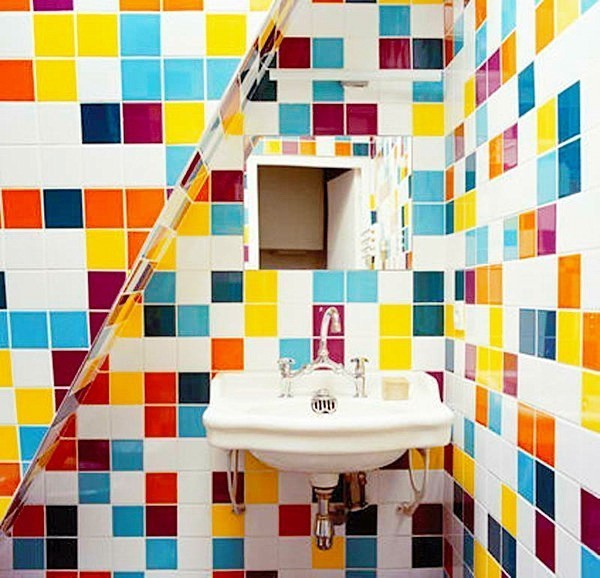
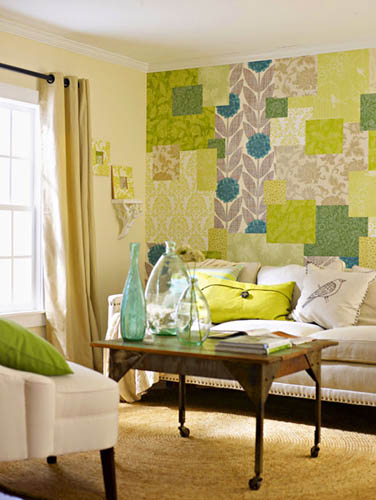
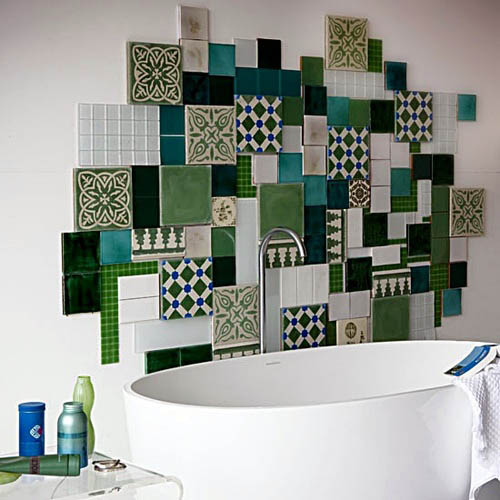
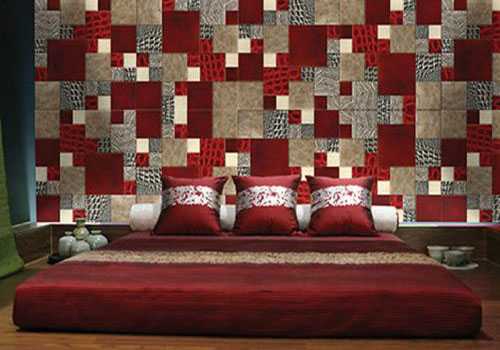
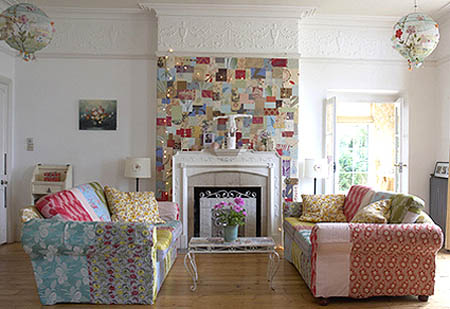
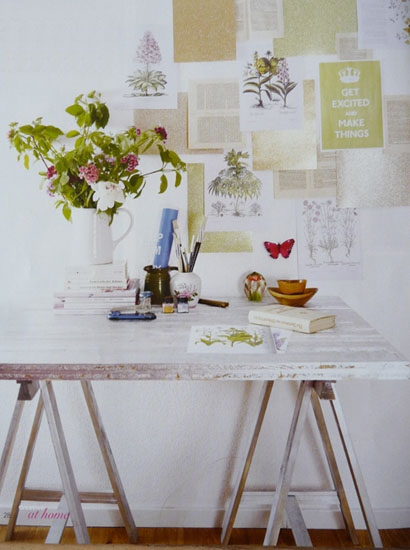


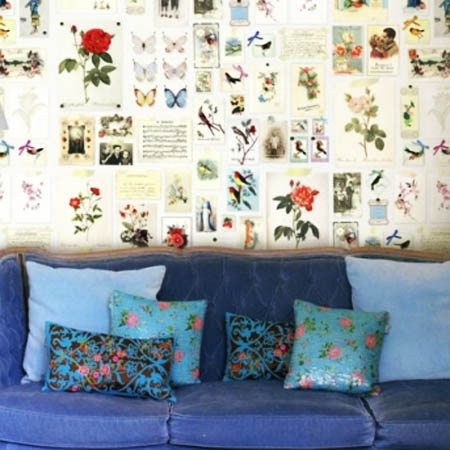
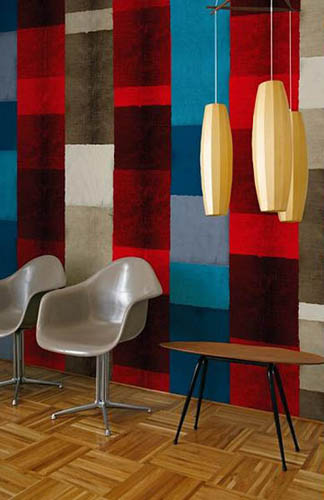




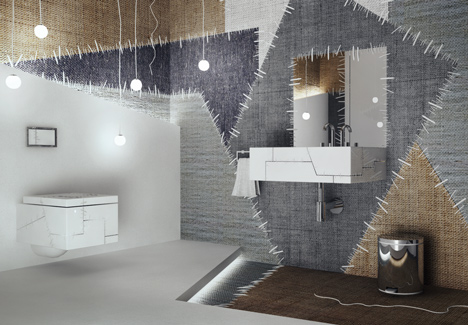
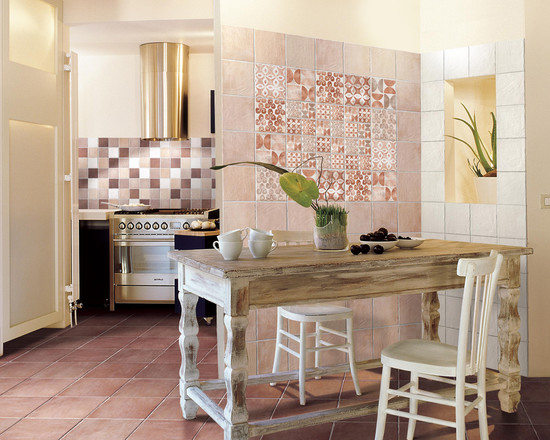

Grandma's patchwork quilt, a cheerful rug, colorful capes on old armchairs, sewn from multi-colored pieces of fabric. Things that are familiar to everyone. But not everyone knows about the technique of their execution. Perhaps it is worth getting to know her better and even making friends in order to fill your country house with warmth, something dear and childish.
Patchwork - patchwork sewing - has been known for a long time
What is patchwork, and where did it come from
Patchwork ( Patchwork- "patchwork") has been known for a long time. It is difficult to trace the starting point in the "journey" of the patch around the world. Almost simultaneously, its appearance can be observed in the East and in Japan... This is evidenced by exhibits from museums in Cairo, where are exhibited patchwork quilts sewn by Egyptian women, canvases from pieces of leather, as well as a patchwork kimono from the Tokyo Museum. All of them date back to the 9th century BC. A later find (a cloth made of pieces of pilgrim's clothing) was discovered in the Cave of a Thousand Buddhas around the 9th century AD. NS.Patchwork has already experienced its rebirth in Europe... During the era of the Crusades, the knights actively used the "patchwork" technique when creating flags and military canvases. However, patchwork became the most popular among the British. The reason for this is extremely simple - economy. At the beginning of the 18th century, a ban was introduced on the sale of Indian calico. He was imported into the country illegally. Accordingly, prices have become astronomical. Throwing in the trash the pieces left after the manufacture of the main product from such a valuable material, the hand simply did not rise. Enterprising Englishwomen decided to decorate woolen or any other fabrics with them, and very small pieces were sewn together into a single canvas, which was then sure to be used. Thus, they involuntarily adopted the basic technique of the Asian peoples, refined it and enriched it with new variants of ornaments.
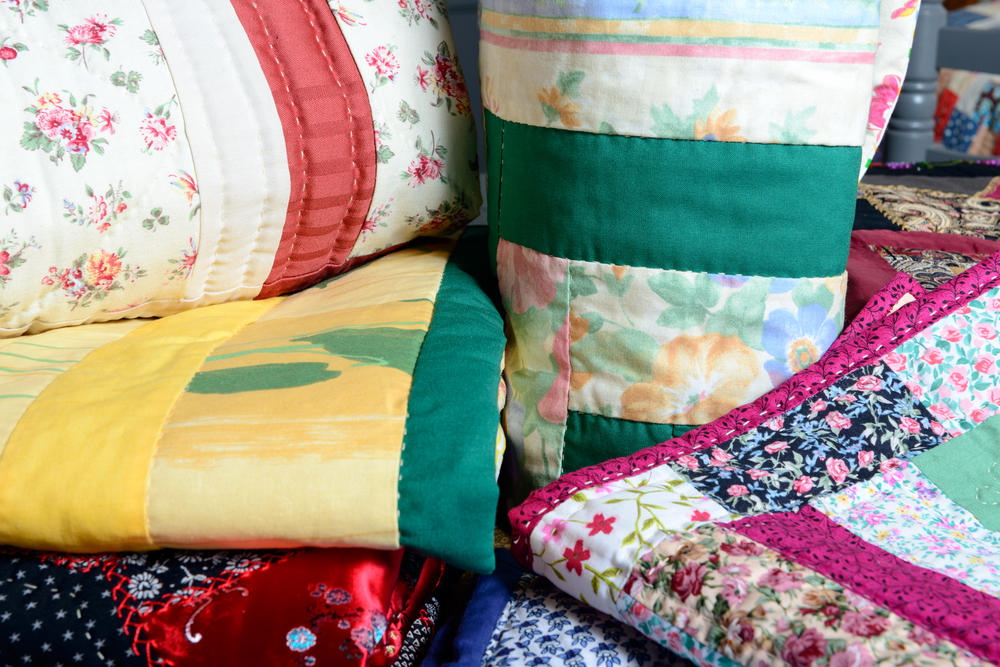
Once upon a time, patchwork was used for reasons of economy
The same economy gave a start to the spread of patchwork. in America... The first settlers could not boast of an abundance of fabrics in their homes. More or less presentable pieces from completely shabby clothes were used to repair old clothes. This is how the "mischievous patch" took hold on the territory of the country. Over time, American patchwork acquired unique patterns. In many ways, they reflect the realities of the daily life of the settlers: hunting ("Bear's Paw"), construction ("Saw Tooth"), housekeeping ("Darning Basket"), religion ("Star of Jacob").
First mentioning about Russian patchwork sewing belong to the 18th century. They are associated with the environment of the Old Believers. It was the Old Believers who began the widespread use of patchwork rugs. The thrifty Russian people quickly introduced this technique to the masses. Until the 19th century, patchwork was a purely peasant occupation. With the advent of imported chintz, patchwork is becoming more popular and firmly established as a form of decorative and applied art. Unique “wedding blankets” and towels were created. Sometimes elaborate lace and embroidery were replaced by skillfully sewn patches.
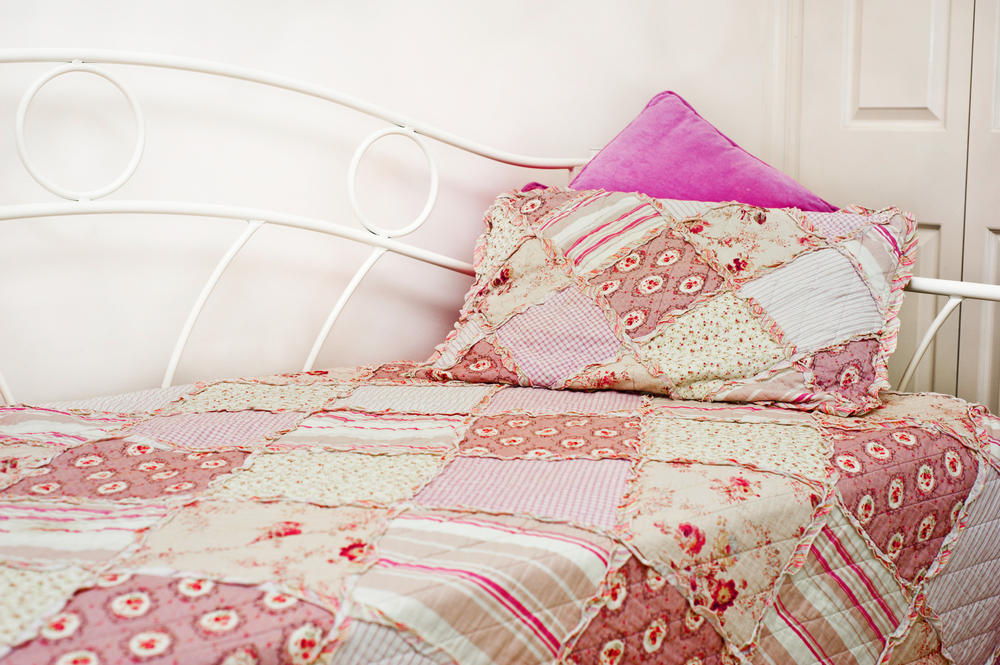
XX century in the history of Russian patchwork is ambiguous. Avant-gardists and futurists actively used it in their canvases to give them the appropriate color and expression. Later, patchwork turned into a sign of poverty, a reminder of devastation and wars. Only in the 90s of the XX century, interest in patchwork as an art awakened him from his sleep. And finally, in the last 10 years, when various types of "hand-made" have regained popularity, patchwork has become a truly fashionable hobby.
Types and techniques of patchwork
Patchwork gives you complete freedom for creativity and ideas. It does not set clear boundaries in the combination of colors and shapes. But there is a certain base on which all the author's fantasies are layered - the main types and techniques of patchwork.Types of patchwork
The most popular type is classic (aka English) patchwork... Pieces of fabric are selected in the same shape and size; the color scheme is restrained - as a rule, two primary colors are used. The work is done according to a template. Cotton fabrics. The resulting picture is laconic, neat and simple in execution.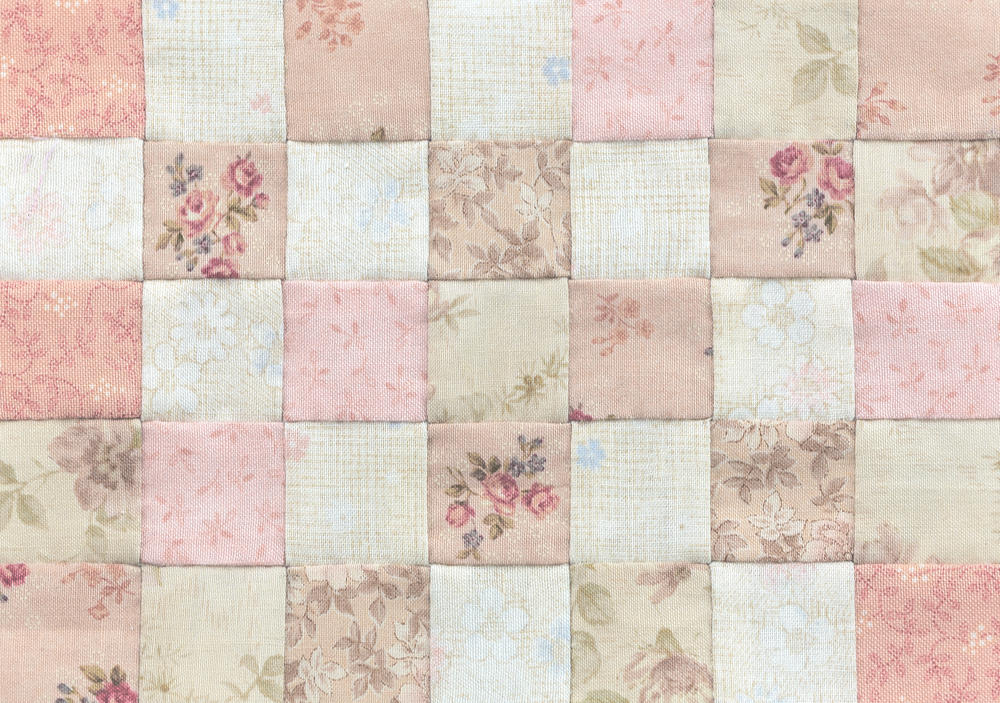
The most popular type is the classic (aka English) patchwork.
Another kind - crazy-patchwork... Products in this style do not at all look like the creations of the hands of a madman. On the contrary, they are original and attractive. Crazy patchwork in no way limits the imagination of the needlewoman, does not create any boundaries for the creative nature.
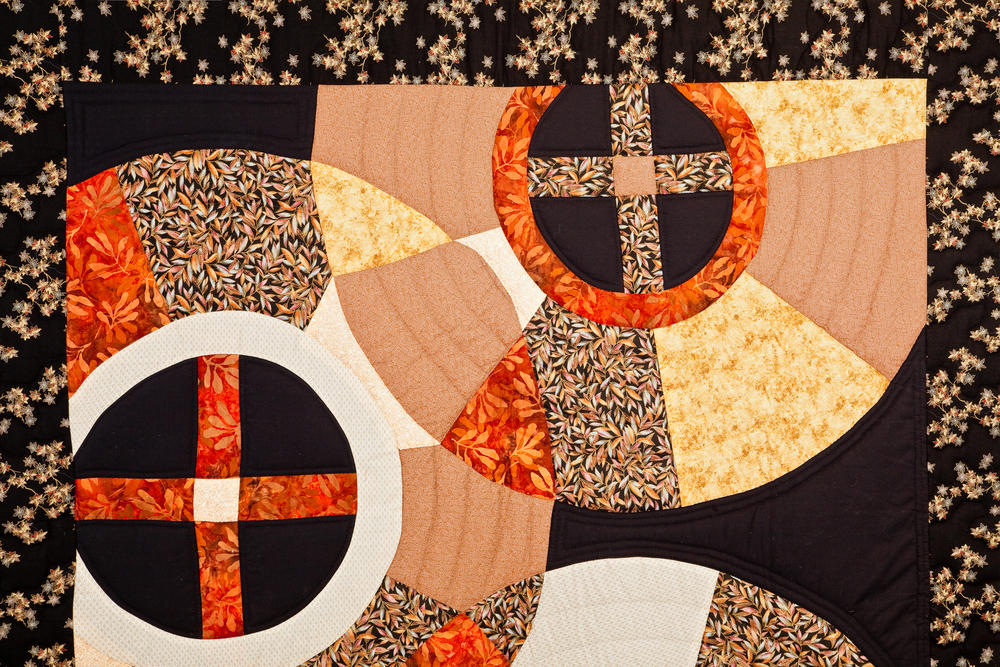
Crazy patchwork does not limit the imagination of the needlewoman
The shreds can be different in color, shape and size. The product is abundantly decorated with ribbons, bows and embroidery. It looks like the entire set was randomly assembled and stitched together. This is the charm of the "crazy patchwork".
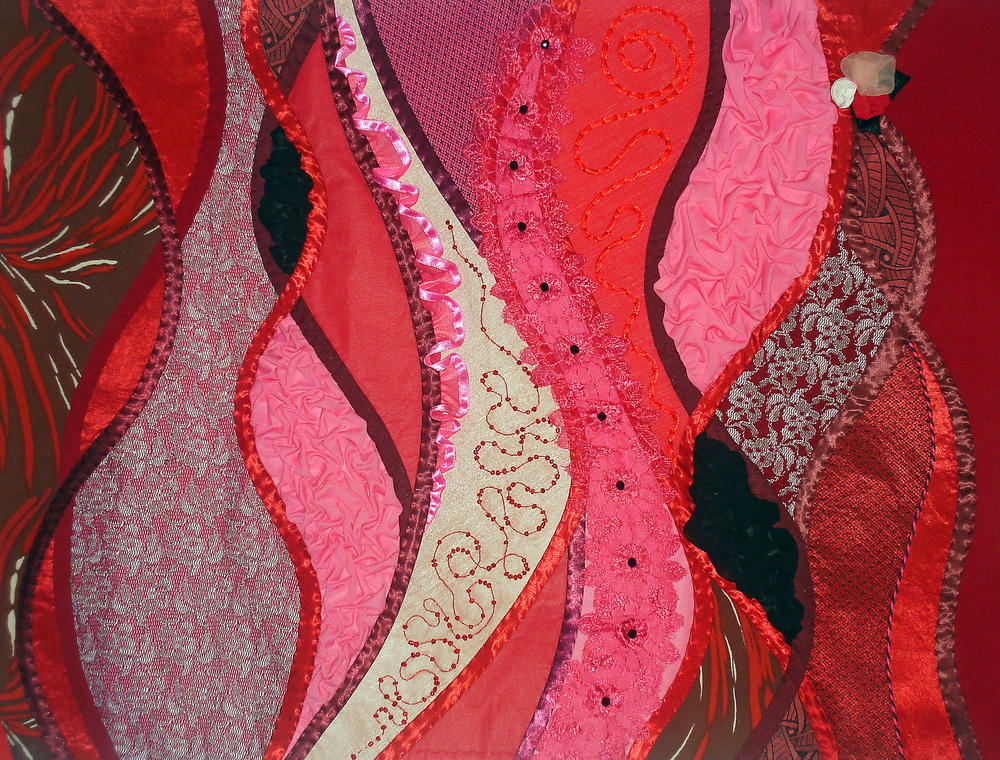
Another type of patchwork sewing - Oriental. The principle of building products is classic, the peculiarity is the use of characteristic details for decoration: there are fringes, brushes, and contrasting trimmings.
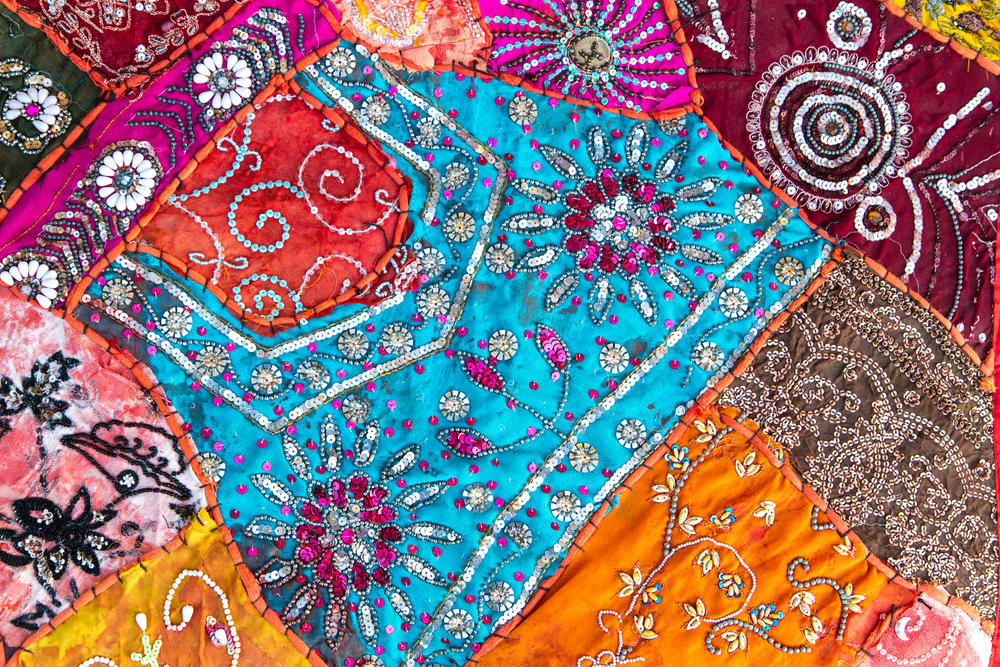
Another type of patchwork sewing is oriental
Within this species stands out japanese patchwork... It is distinguished by a riot of colors, the use of silk rather than cotton fabrics, a special sashiko stitch (needle-forward stitch, always with a contrasting thread), as well as characteristic Japanese ornaments: blossoming flowers and geometric pattern- the symbol of rice fields.
And, finally, a stand-alone view of patchwork art - knitted patchwork... It is carried out with knitting needles or crocheting. The basis is knitted squares. The yarn is taken in different colors, which is very convenient if there is a little left of each skein. 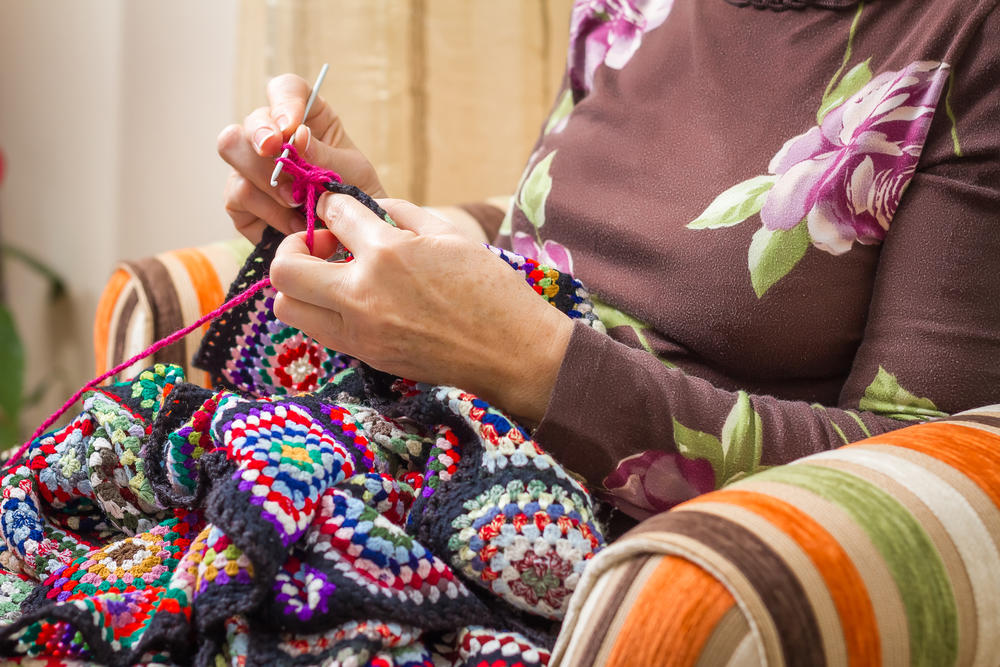
It turns out that all types of patchwork sewing (except, perhaps, knitted) are not so different from each other. And the techniques are the same. They are based on elementary geometry - combinations of different shapes. Which ones?
Patchwork techniques
The easiest to play - squares technique... The product is made from square patches or from blocks of square-shaped fabric, but sewn from multi-colored stripes.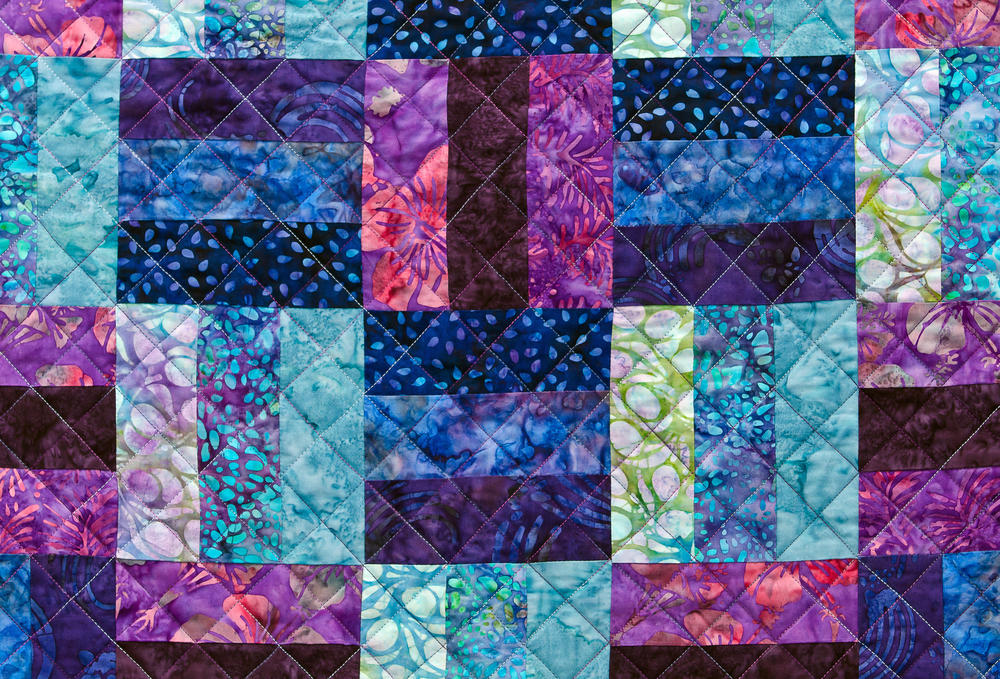
Easiest to play - squares technique
Examples of this technique are the ornaments "chess", "fast squares", "Russian square". For novice craftswomen, the ideal option is a "checkerboard": squares of contrasting colors are staggered in a perfect pattern.
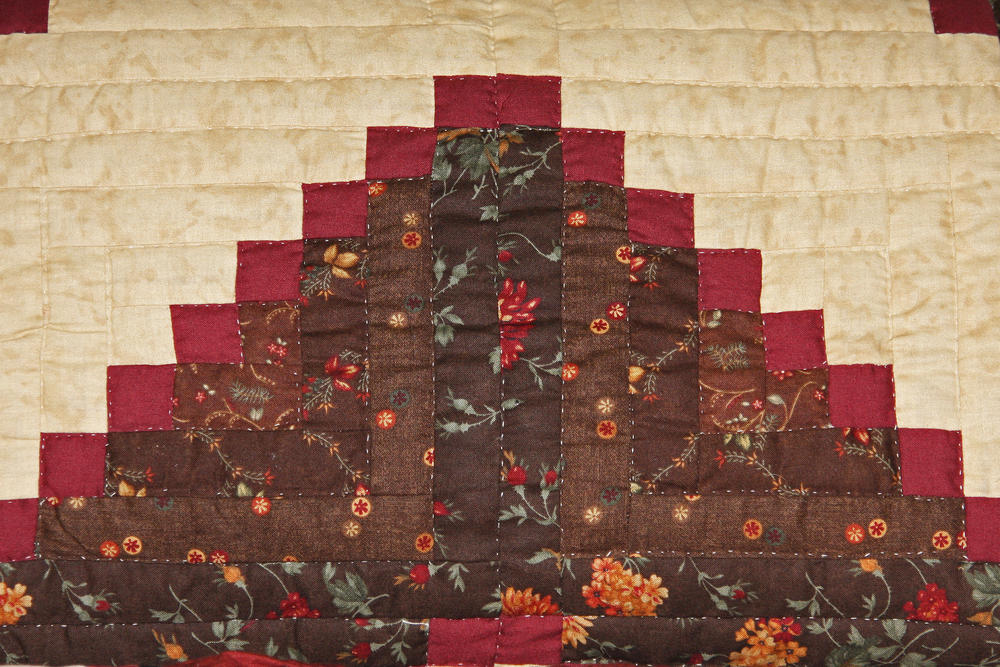
Next most popular - strip technique... The main pattern is assembled from fabric strips, which can run parallel ("strip to strip"), be arranged in the form of a spiral around a central square ("log hut"), or move relative to each other ("bargello").
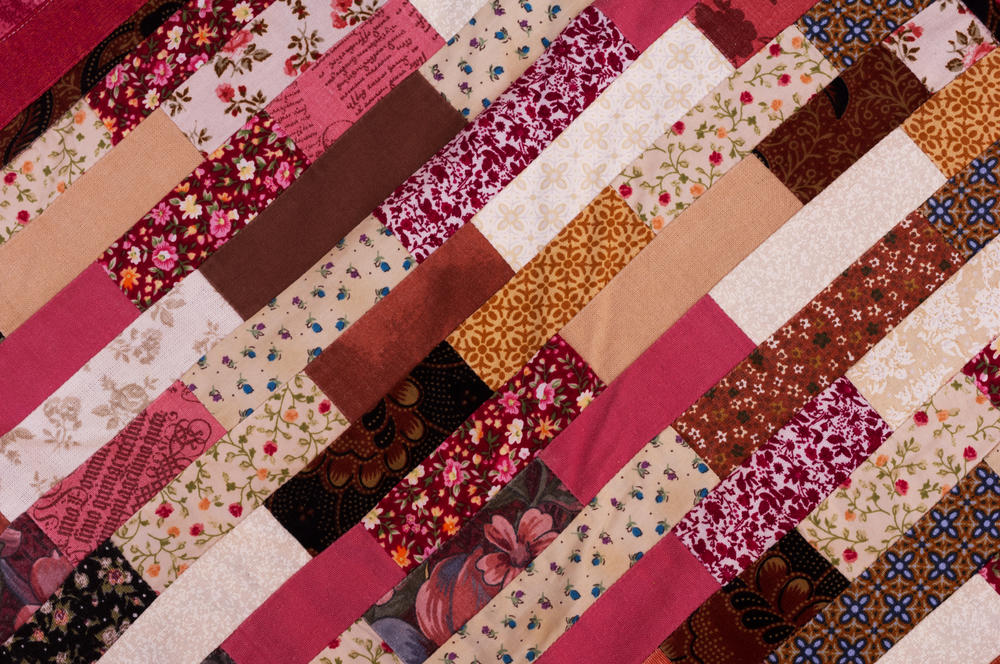
Do not do the patchwork without triangle techniques... The most commonly used rectangular isosceles bright triangles ("funny triangles"). They can be sewn on the short side - then you get a pattern of multi-colored stripes; another option - squares are made from triangles. Triangles can also be sewn in the form of stars (star pattern).
Finally, the two most interesting techniques are - honeycomb and paw... Made in technique "Honeycomb" pattern and looks like a honeycomb. The canvas is assembled from hexagons.
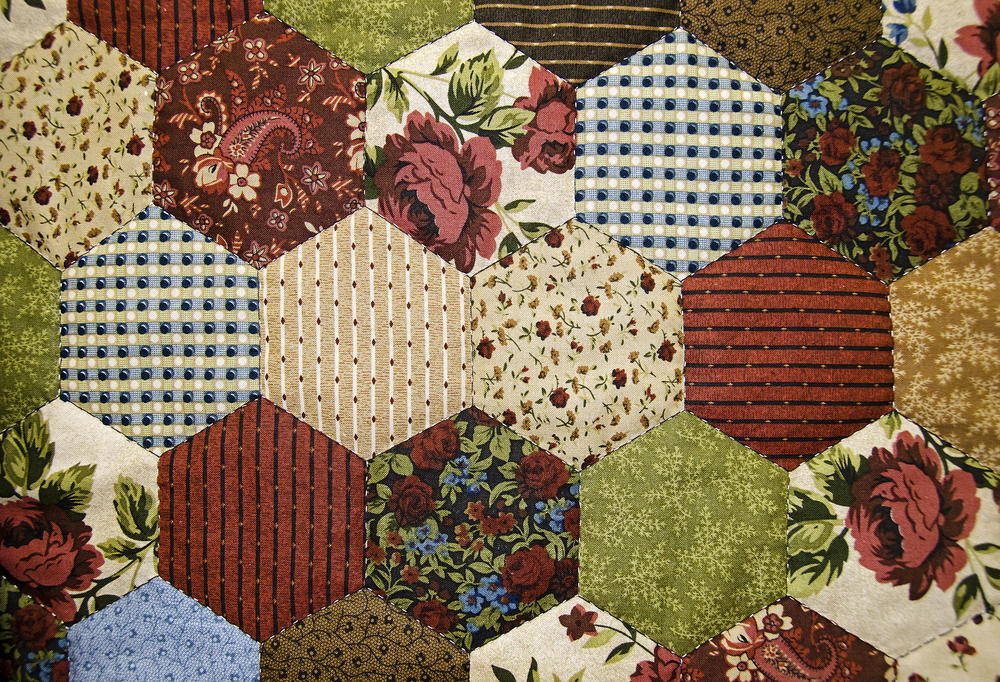
Honeycomb patchwork
Lapachikha it is also a volumetric sewing. Lapaks (untreated colored stripes) are attached to the base canvas according to a certain color scheme or in a chaotic manner.
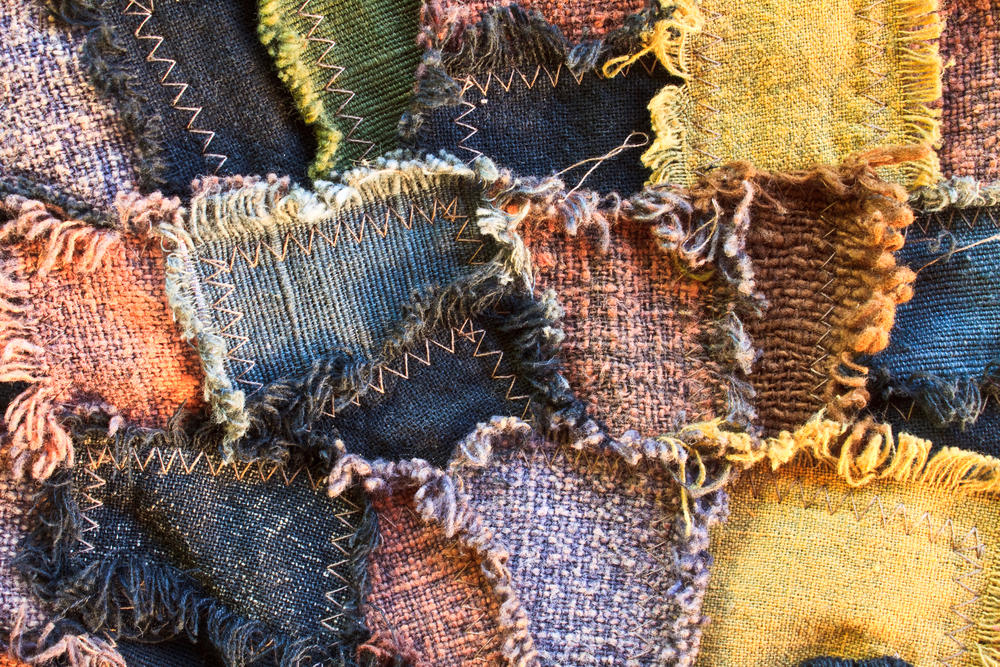
Lapachiha is a voluminous sewing
This is all theory, and patchwork is good in practice, which often begins with an idea of where to apply the product.
How to apply patchwork in a country house
Now that this type of needlework has become so popular, you can buy ready-made patchwork creations in many stores. But it is much more pleasant and fun to do everything yourself, and the product itself will be dearer.To begin with, you should take a closer look at your summer cottage and decide in which interior space such a decor will be appropriate: a bedroom, or, for example,. Then comes the most crucial step - determining the type of product.
It is important to note: patchwork - sewing is colorful (even if pastel shades are used), bright and immediately striking. There shouldn't be much of it in any space. otherwise the icing on the cake will have the opposite effect.
For the bedroom, you can sew a patchwork bedspread, dummy pillow, blanket. Preference is given to Japanese patchwork, as its ornaments are the most harmonious and perfect for relaxation and sleep. 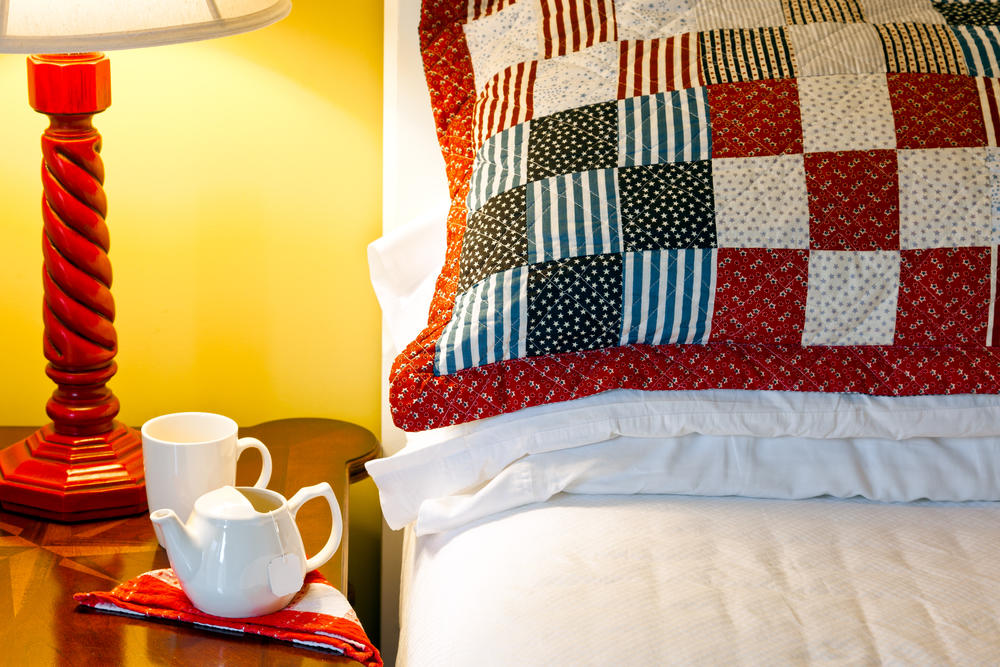
But not everyone has the skill and patience to sew a whole blanket or bedspread. Then you should pay attention to the kitchen. Products for the kitchen are smaller and lightweight: square potholders, napkins, aprons, stool covers, tablecloths or runners will be able to sew even a completely inexperienced craftswoman.
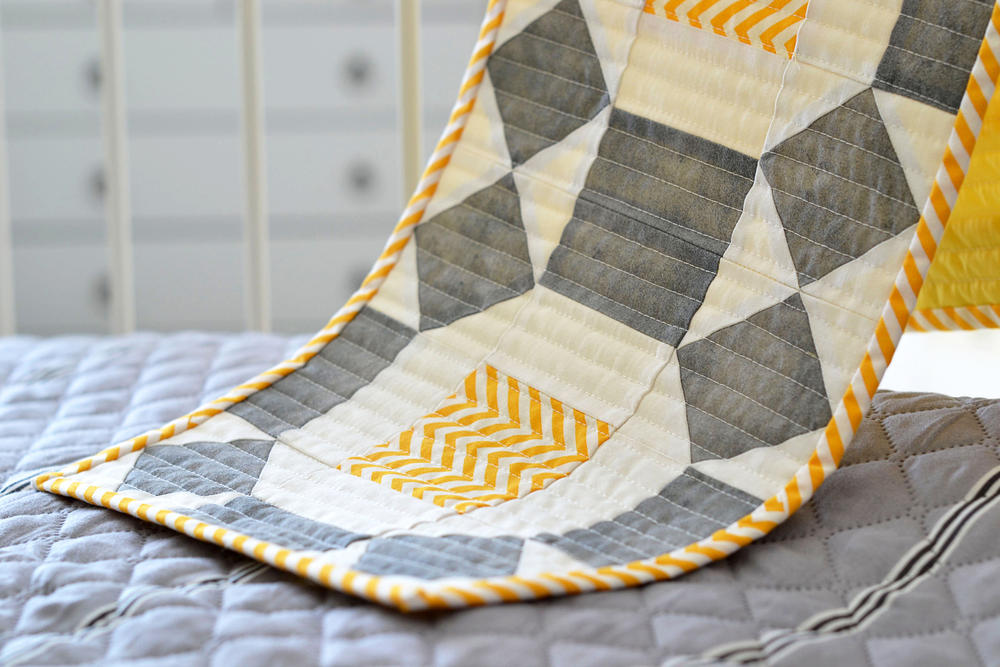
There are no restrictions on colors. Colors can be bright and inconsistent with each other. You can make an appliqué of a suitable theme over the product: a mug, a fork, a chef's hat, or something else - fantasy, fantasy and fantasy again!
Do not forget about them - they always attract the eye. And if the "gypsy" patchwork style shines in the kitchen, no one can take their eyes off.
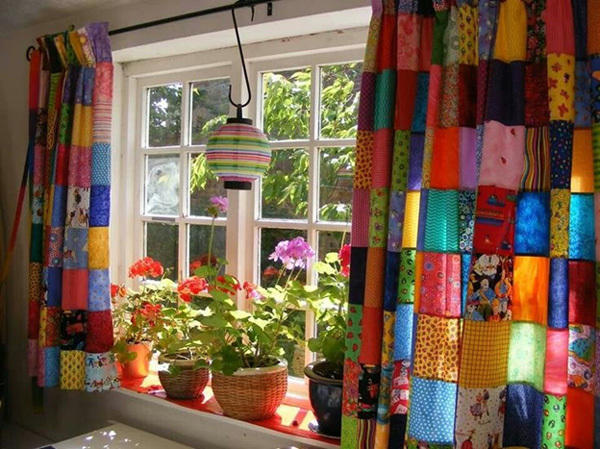
Have you chosen a living room? OK! A cape made of large bright squares will help to give a second life to an old favorite chair. The sofa will be decorated with a bedspread and pillows. All the same "gypsy curtains" are hung on the windows, and the "summer cottage" can make a small rug from the remnants of the fabric and put it on the sofa. The main thing is not to overdo it.
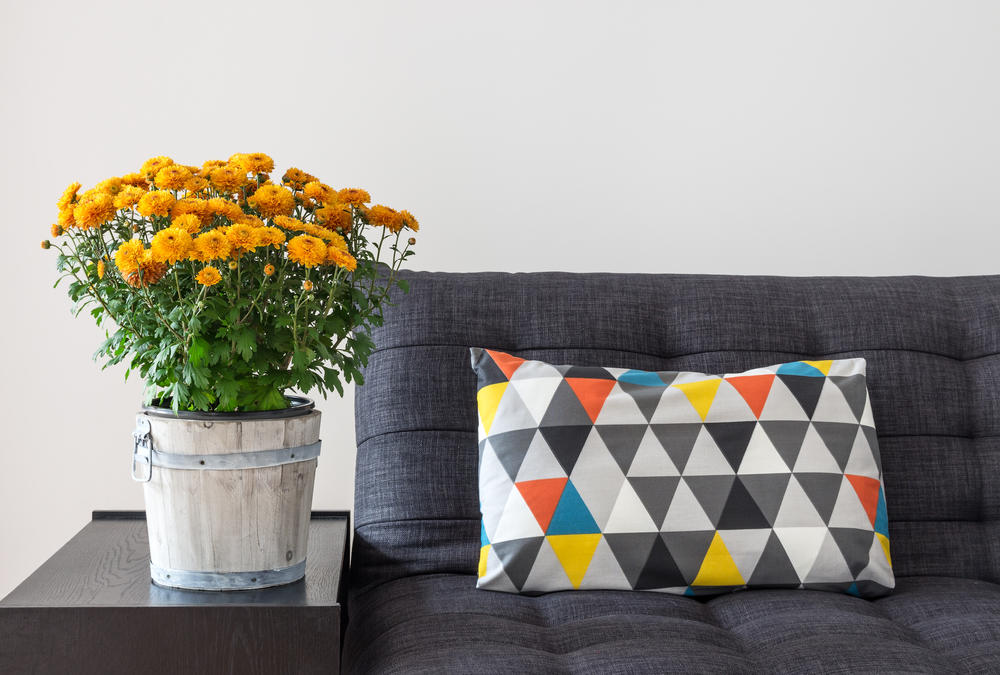
It is best to immediately make up sets in your imagination: curtains - a rug; bedspread - pillows; chair cover - pillows. They must be made from the same fabric and in the same technique.
In the patchwork style, you can decorate not only specific things, but also an entire wall. This is done using ready-made wallpaper, patchwork panels or pieces of wallpaper glued to each other. There are a lot of factory wallpapers with patchwork patterns, you just need to carefully choose the color and texture. But a patchwork panel and a wall made of pieces of old wallpaper with your own hands require certain skills and diligence.
The principle of working with panels is similar to working with other products. Since such a product is first of all striking, special attention should be paid to the selection of colors. The finished panel is nailed to cardboard and hung on the wall.
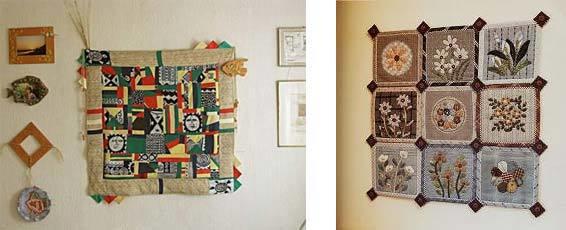
You can arrange it in a beautiful frame (give preference to a solid color, matte and not overshadowing the panel itself). A similar product will look spectacular in a frame under glass.
Patchwork from pieces of wallpaper is a painstaking and time-consuming task. One wall is selected so as not to overload the space, or even part of the wall. Pieces of wallpaper, if they are old, should look decent: they should not be frayed and torn. And then all that remains is to create: cut the wallpaper into squares or triangles, match in colors and shape, lay out the ornament.
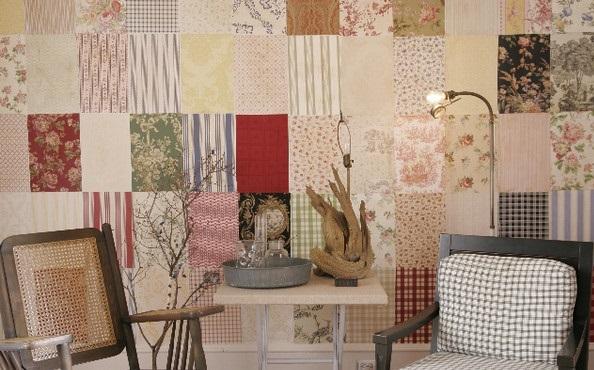
Colors are matched depending on the room... Bedroom wall: pale lilac and berry, pale blue and chocolate; for the living room: red-gray-orange, lemon-lilac-light orange. These are just some of the good combinations to choose from.
Our readers have already shared their experience in creating patchwork products - you will find detailed master classes in publications
Nowadays, different types of patchwork sewing and various techniques for joining patches are very popular. We will describe the features of the most common of them in this article.
- Traditional patchwork
It is considered an Anglo-American kind of handicraft, which is based on the production of a single piece of fabric from various cuts of fabric, which in the process of work will be folded into geometric patterns. Thanks to this method, it becomes possible to form both impressive size bedspreads and small kitchen potholders. Most often, like a bedspread, such minor things consist of a front patchwork side and a lining.
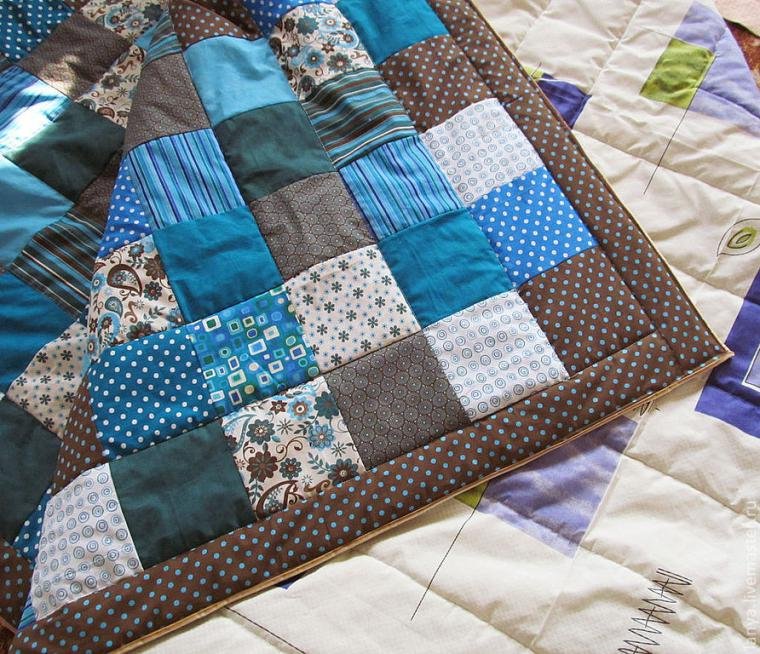
- Crazy shred
This type of patchwork encompasses a way to create patchwork fabrics using casual patterns, curved stripes and appliqués. Among other things, the seams in this technique are hidden under the braid or embroidery, and in the same way the product itself, be it a bedspread, pillow, bag or clothing, is decorated as much as possible with ribbons, beads, lace and other types of accessories.

- Knitted patchwork
It is considered another kind of classic patchwork. However, this technique uses a slightly different method of fastening the patches. In this case, the individual elements are simply fastened together using a contrasting thread and a crochet hook.

- Japanese patchwork
This method combines Eastern and Western traditions. Stitch is often used here, and silk fabrics are given priority, thanks to which it becomes possible to create an exquisite patchwork bedspread and clothing. The main ornaments are classic geometric figures in the form of a square, triangle, rhombus, corner.

- Quilting
It is customary to refer to quilting as a broader concept than patchwork. However, if we take the literal translation, then the concept of quilting means "quilted fabric". In this method of needlework, ornaments are created using stitches. That is, at the junction of the two canvases, a soft pad is laid (synthetic winterizer, cotton wool, batting). The pattern is formed using machine stitching. A voluminous bedspread or blanket made using this technique has a more elegant look in comparison with a conventional assembled piece of shreds.
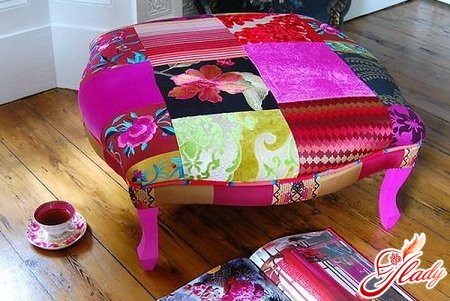
Patchwork technique
The technology of fastening the flaps may seem like a simple process: as the saying goes, “cut and sew”, while making your own bedspreads, tablecloths, pillows, clothes, oven mitts for the kitchen. However, not all so simple. Patchwork is a skill that requires not only skills in handling a needle and thread, but also requires an artistic style, diligence, diligence and meticulousness.
Looking at the photo finished products, the question may arise: "How is it possible to create such a variety of patterns using similar details: blocks of stripes, squares, corners?" And the whole feature lies in the use of various techniques, thanks to which original and unusual masterpieces, colorful pictures are formed.
- Technique "Fast squares"
Easy enough method for beginners. Using this method, it is possible to make prefabricated square blocks (quick squares) that need to be cut from pre-prepared strips of cloth. Thanks to the described method, it is incredibly fast to make an impressive bedspread.
- Technique "Watercolor"
Quite a popular method that also uses squares. It happens that the squares are connected into blocks, from which the canvas is subsequently created. An important condition for getting a good thing is the correct selection of colors.
- Strip-to-strip technique
This is the name of the method of applying strips of matter of different colors. In the process of collecting a pattern using stripes, placement and combination is allowed to change at your discretion. Thanks to this method, you can easily form a funny rug or a huge patchwork bedspread in the form of parquet boards, placed with a ladder, zigzag, diamond or corner. The output will be patterns such as "Parquet", "Herringbone", "Well", "Arable land".
- Technique "Log hut"
It is also a sewing method from stripes. This method involves collecting stripes around the main square and laying them in a spiral. One of the variations of the described technique is the offset of the square into a corner. In the same case, when the pattern must be clear, the pattern must be made up of paired strips of the same color.

- Technique "Magic Triangles"
Triangles are considered the most demanded component used in patchwork. In addition to the fact that this form has always been considered endowed with magical power, the triangle is also very convenient to work with. From them, you can easily make both a simple square and a diverse star. Often a rectangular isosceles triangle is used in patchwork. If you sew a pair of such figures along the elongated side, then you can get a two-color square, and if you fasten it from the short sides, then you can get various patterns from multi-colored stripes. The most popular patterns are considered: "Mill", "Diamond", "Star".
- Technique "Patchwork corners"
Its difference is that the corners are not made according to a template, but are formed from squares or strips of matter. And in the future, the resulting corners can be connected into strips, with the help of which the canvas will then be formed.
- Technique "Chess"
Also used are squares, or rather squares, placed in the process of work in a checkerboard pattern of two contrasting colors.
- Technique "Russian square"
Its difference from others lies in the laborious collection of the pattern. A square is taken as a basis, and the upper and lower tiers are formed from isosceles triangles. Subsequent tiers are formed using stripes and triangles.
- Technique "Honeycomb"
It is a tightly packed hexagon, and the pattern is very honeycomb.
- Technique "Lyapachikha"
Using this technique, a volumetric canvas can be obtained at the exit. In the described method, it is necessary to sew the untreated colored stripes of the fabric onto the base.
Related videos
Patchwork is a type of arts and crafts. This technique originated several centuries ago in England. For a long time, patchwork was used only by poor people who did not have the opportunity to purchase fabric. Patchwork is a trendy trend these days. Products made with this technique look stylish and perfectly complement dwellings designed in country style or minimalism.
Yo-yo patchwork sewing technique: features and application of the scheme
The yo-yo technique is used to make flowers from rags. This technique involves unusual draping of blanks. Round fabric scraps made with this method can have different textures.
Yo-yo technology is very easy to manufacture. In order to make a detail using this technique, you need to cut circles from a piece of fabric, lay stitches along the edges of the circle, and carefully pull off the threads. As a result, you should have a "voluminous pancake".

To make blanks using this technique, it is best to use:
- Cotton.
- Silk.
- Organza.
Simplified patchwork sewing: features and techniques for fast sewing
Patchwork sewing technique "corner" is the most popular. Making counterfeits using this technique is simple. If you are looking for accelerated sewing techniques, then the corner is the one for you.
If you decide to make a blank using this technique, choose cotton for fakes. This material keeps its shape well and is durable. Linen or chintz shreds can be used instead of cotton.
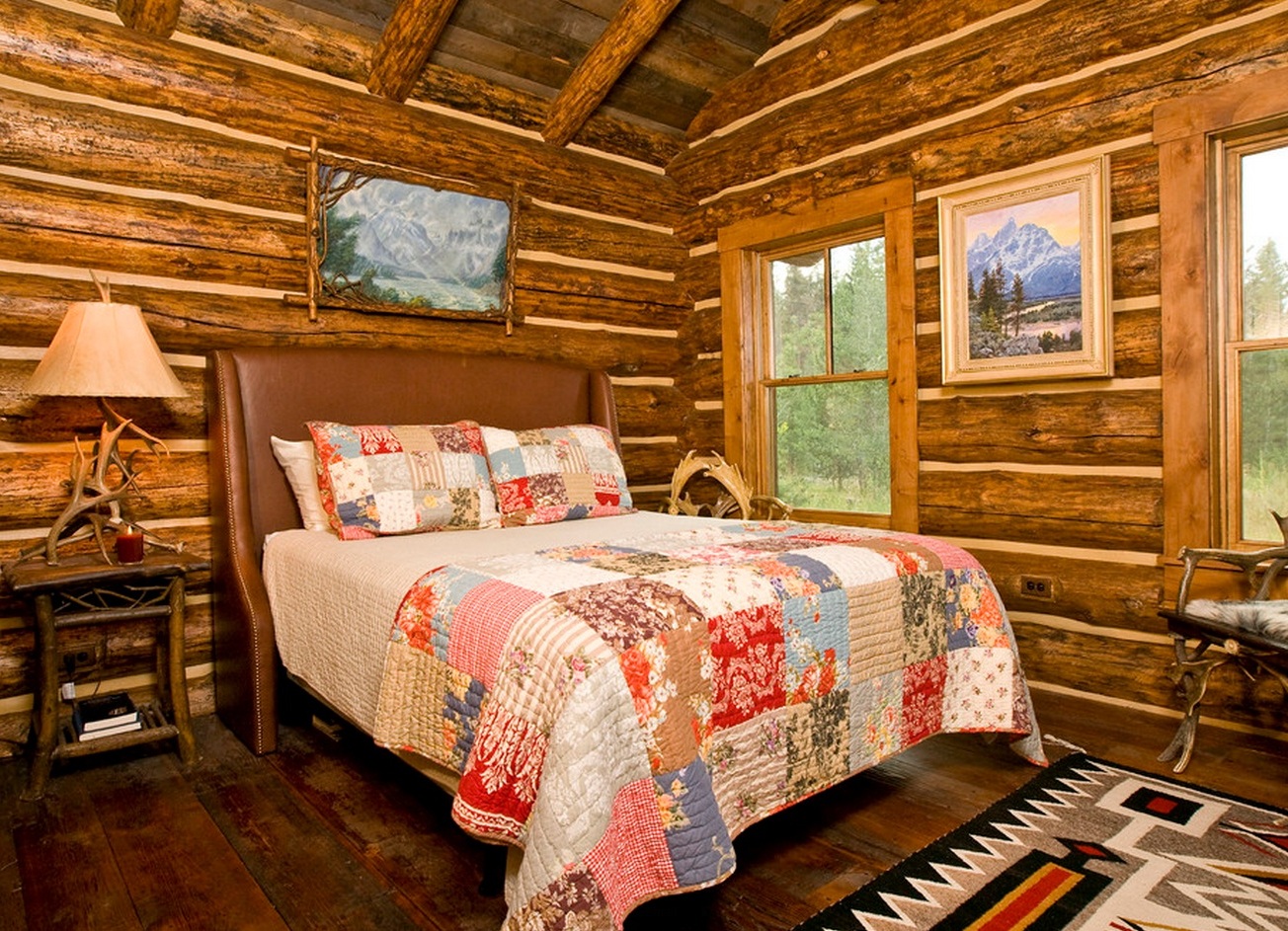
There are several ways to fold the workpiece into corners:
- A square of fabric is folded into 2 equal parts with the wrong side inward. Then the workpiece is ironed, and the corners are tucked in.
- 4-fold corner technique. The essence of this technology is as follows: the workpiece is cut in the shape of a semicircle. Then a middle line is drawn on it, and the fabric is tucked towards it. This quick sewing technique is suitable if you are working with chintz.
- Squares of the required dimensions are cut from the flap. Each of them folds diagonally with the wrong side inward. The resulting triangles need to be bent in half again and walk over them with an iron.
Patchwork technique chenille and stained glass
The chenille technique is one of the most common. It provides for sewing stitches from the center of the patch to the edge, regardless of the configuration of the workpiece.
Also, the chenille technique provides for wetting the canvas in water. This operation will produce a fringe. Rub the flap until the fringe is uniform over the entire area of the product.
After "washing" the part is dried on a flat surface. Using the chenille technique, you can get a canvas that will have a fluffy texture. This patchwork scheme is mainly used to make a tablecloth, potholders or other kitchen utensils.
Stained glass technique came to us from Austria. There are several options for making fakes using this technique. If you decide to use stained glass, choose fabrics with a discreet pattern.
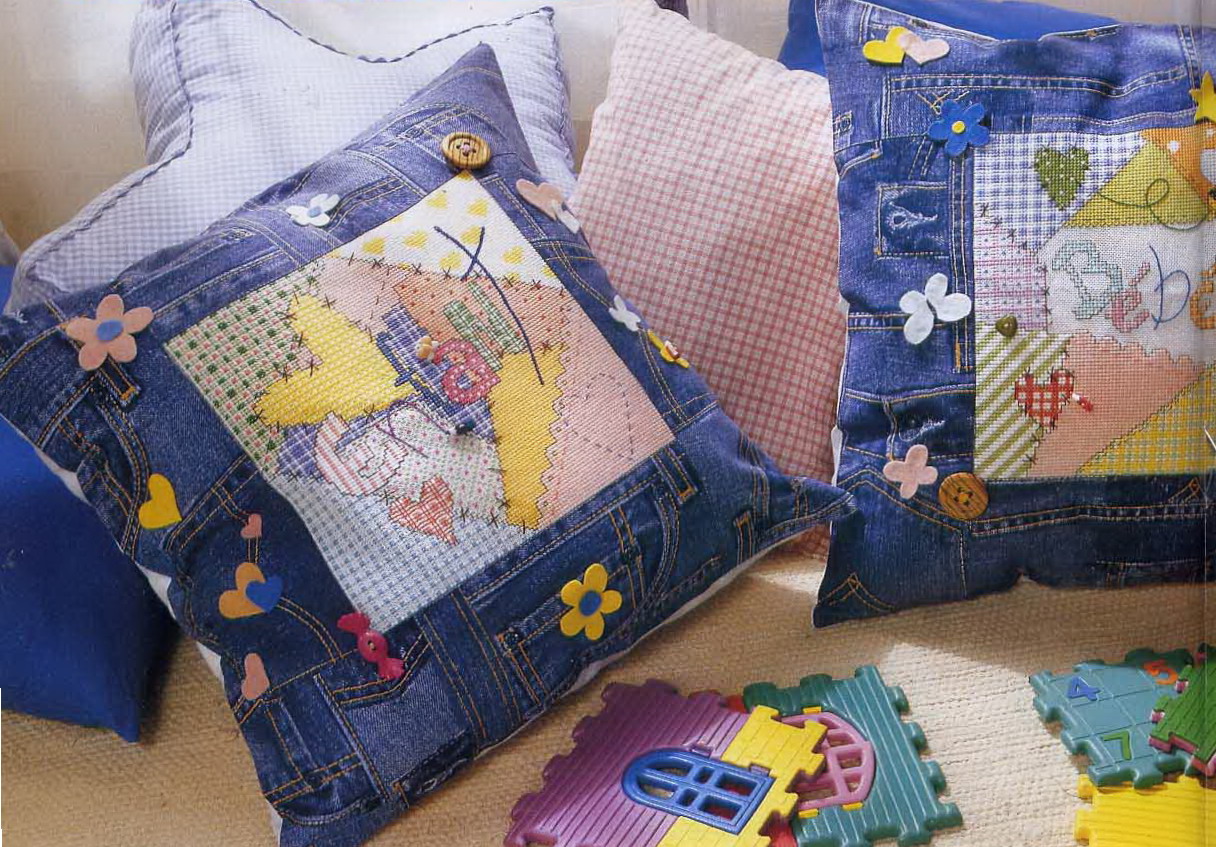
The algorithm for making a workpiece using this technique is as follows:
- First, draw a sketch, and number every detail of the future composition.
- Next, take a piece of fabric and transfer the drawing onto it using tracing paper.
- Then decide on the colors of the future product.
- Duplicate the fabric with an adhesive interlining and iron the workpiece.
- We take the inlay and sew it to the shortest part of the part.
- Iron the part.
- Put a lining of the desired size, on it a synthetic winterizer and a workpiece. Pin the entire structure with pins.
- Trim the detail with a bias tape.
- Stitch the resulting product.
In the last century, they sewed from rags in order to save money, but today women buy expensive cuts of fabric, mercilessly cut them into pieces, and then sew them into chic products. All this is a familiar and beloved patchwork!
The patchwork patchwork technique really resembles a mosaic, because it consists of bright pieces of material. The patchwork quilt adds in daily life many colors and colors. You can see for yourself as soon as you decide to make such a product for yourself or your family. To try, you don't need to buy anything, unnecessary things will do for a start: skirts, coats, scarves and even jeans!

Patchwork history
The history of this art form goes back to ancient Egypt. Egyptian women spent their leisure time creating wonderful paintings. Also, the Hindus were engaged in this type of needlework at one time.
Later in the 16th century, an abundance of various multi-colored materials began to be massively imported to England. Scraps after sewing were not discarded. Wise housewives have come up with the use of small pieces of cloth. Linen and wool were decorated with large pieces of shreds, and small pieces were sewn together to create an applicative fabric. In England, patchwork has become a very popular hobby.
In America, this art form appeared later. The famous “kilt” blanket was born here. Later, this was the name for all products made in the patchwork technique. Over time, patchwork became an American folk art form and began to gain popularity around the world.

Patchwork art is not for the lazy
This beautiful and practical hobby is not suitable for every woman. When choosing, you need to proceed from the characteristics of your character. For patchwork, it is important to have a lot of patience and perseverance. Also, neatness and a sense of color will not hurt.
Patchwork is not an easy task. But if you show a little effort, then you will succeed. Women who already have at least some experience do not need to worry at all. Get ready to put in a little effort and be happy to get to work.
The advantages of this art form are that it develops the senses of taste, color and composition. You will learn how to select fabrics by texture and color. Perhaps even knowledge of color science will come in handy - feel free to go for the color wheel! It's important to know which colors work together and which don't. The main thing is not to oversaturate the patchwork product with color.
Accuracy in this matter will only become a plus. It is very important to cut all parts of the same size - this way the product will look much better and more expensive. You need to be able to work with templates, as the patchwork provides for this.
Just like folding puzzles, patchwork boosts brain function and improves your mood!
What you need to have to create a patchwork
Materials that you will need to work with patchwork products:
- templates that you can buy in specialty stores or make yourself; the fastest way to make a template is with Corel Draw and Electric Quilt;
- scissors or a circular knife, they must be sharp in order to cut the most even product according to the template.
- sewing machine;
- safety pins;
- threads of the desired color;
- multi-colored fabrics (cotton or chintz);
- a piece of soap or a pencil for marking patterns;
- filler (if you are going to make a blanket or pillow);
- iron and ironing board.
The patchwork technique is simple and straightforward - the flaps are neatly stitched together on a sewing machine. To get a finished product with a pattern, sketches and diagrams are used. To hide the seams, be sure to make a lining or a double-sided product.
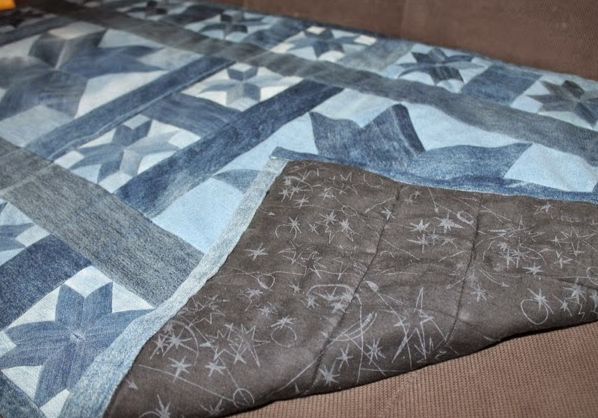
The most important thing in creating products is to iron the seams often with an iron. The iron will make the shreds even and beautiful. If necessary, the cloth can be slightly moistened with water. Also, if it is difficult for beginners to cut templates on their own, you can use graph paper for this - this will facilitate the process.
Advice for beginners - those who are not confident in their abilities - do not take up sewing large canvases, start small. Choose threads of the same thickness, preferably thin ones.
The good thing about patchwork is that you can use a variety of cords, ribbons, buttons, and other materials to create it.
Types of patchwork for home comfort
The creation of patchwork and other applicative products will help make an apartment or house more beautiful and comfortable. Pechwork always fills the interior with warmth and colors. In the cold winter, you can enjoy a cup of tea, covered with such a bright and joyful blanket.

If you want to add a little English style to the interior, then you definitely need to make such a patchwork product! In the English style, a checkerboard pattern is used, and the fabrics are selected in pastel colors.
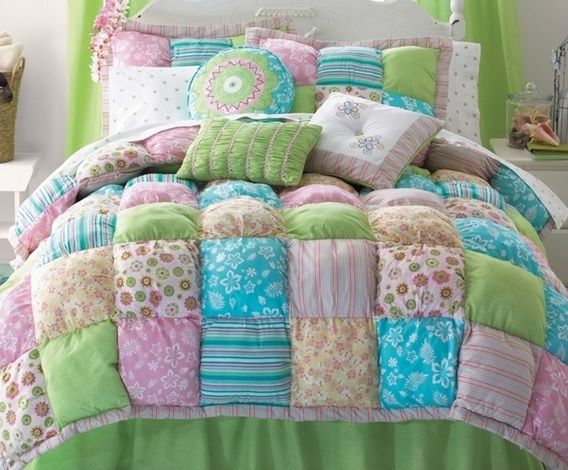
If you do not have enough exoticism and color, then you can turn to another type - croesi patchwork. Such fabrics are sewn from different pieces of unequal sizes. The colors are often contrasting and bright.
For lovers of the east, you can choose the oriental look of the patchwork. It is sewn with a lot of sequins, fringes, ruffles. Needlewomen, who have mastered, can create magnificent knitted fabrics, such are ideal for both an apartment and a summer cottage. Patchwork without a needle is usually called kinusayg.
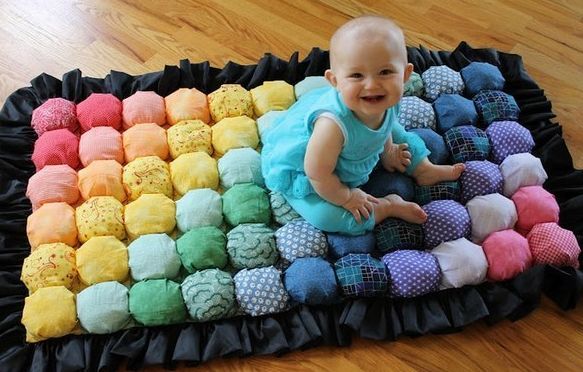
Blankets, pillows, throws, bath mat, sewing machine cover, clothes and even toys - you can sew all this in a patchwork style.

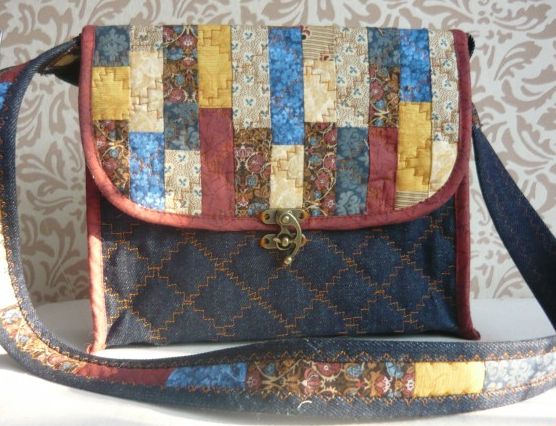
Patchwork products can greatly reduce the cost of purchasing home decor. After all, it is much cheaper to sew such a blanket or pillow than to buy it in a store. With patience, you can make a beautiful gift with your own hands to family or friends.
Search your home for leftover fabrics and get creative ideas!

How to make money on patchwork art
Professionals in this business should think about how to turn their patchwork creations into small business... Today, everything that is done by hand is very popular - and especially patchwork.

For the sale of finished products, you can open your own online store or take it to a handmade shop for sale. In any case, patchwork will be in high demand and attract new customers.
Therefore, think about it, because your favorite business can bring not only aesthetic pleasure, but also provide you financially.






